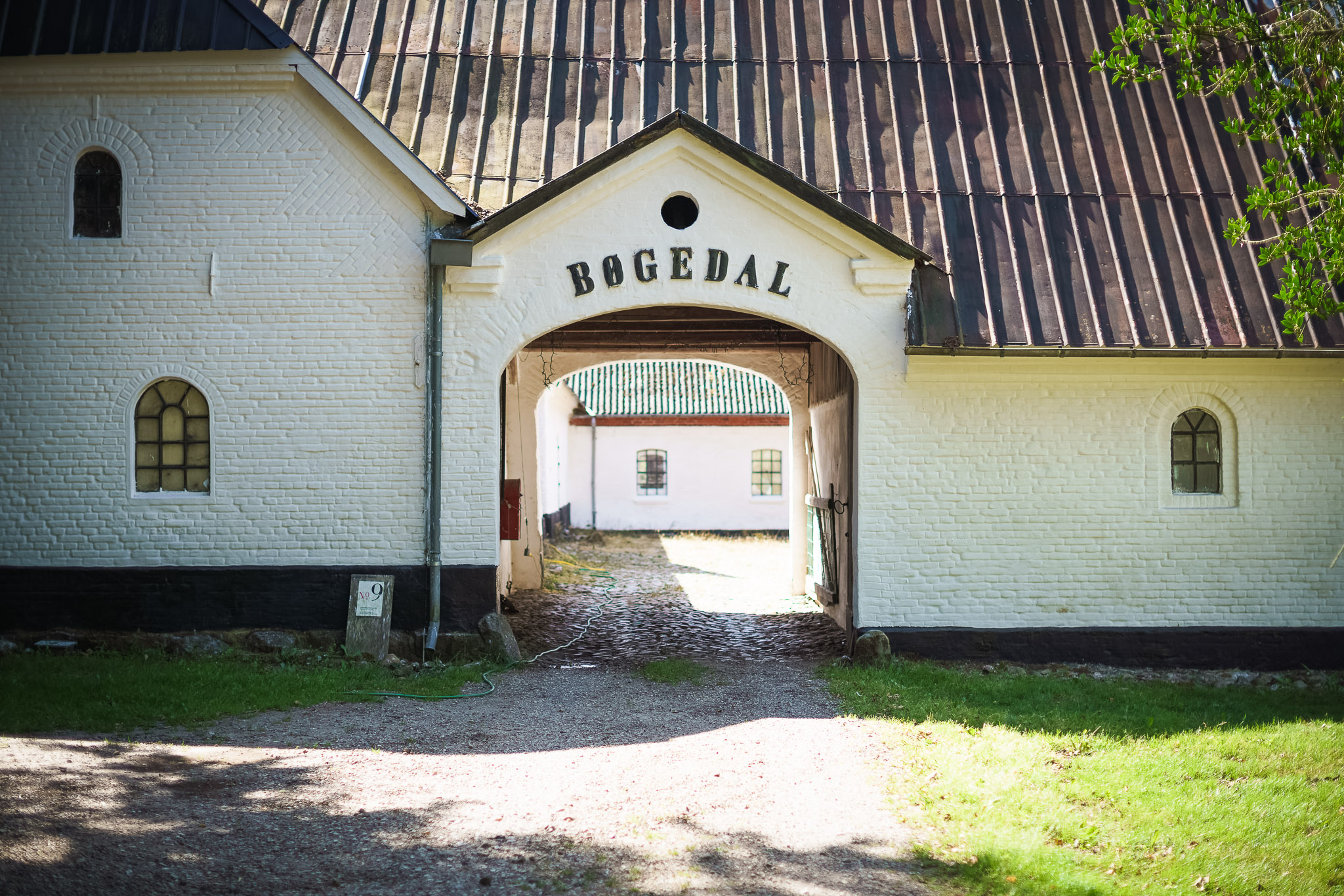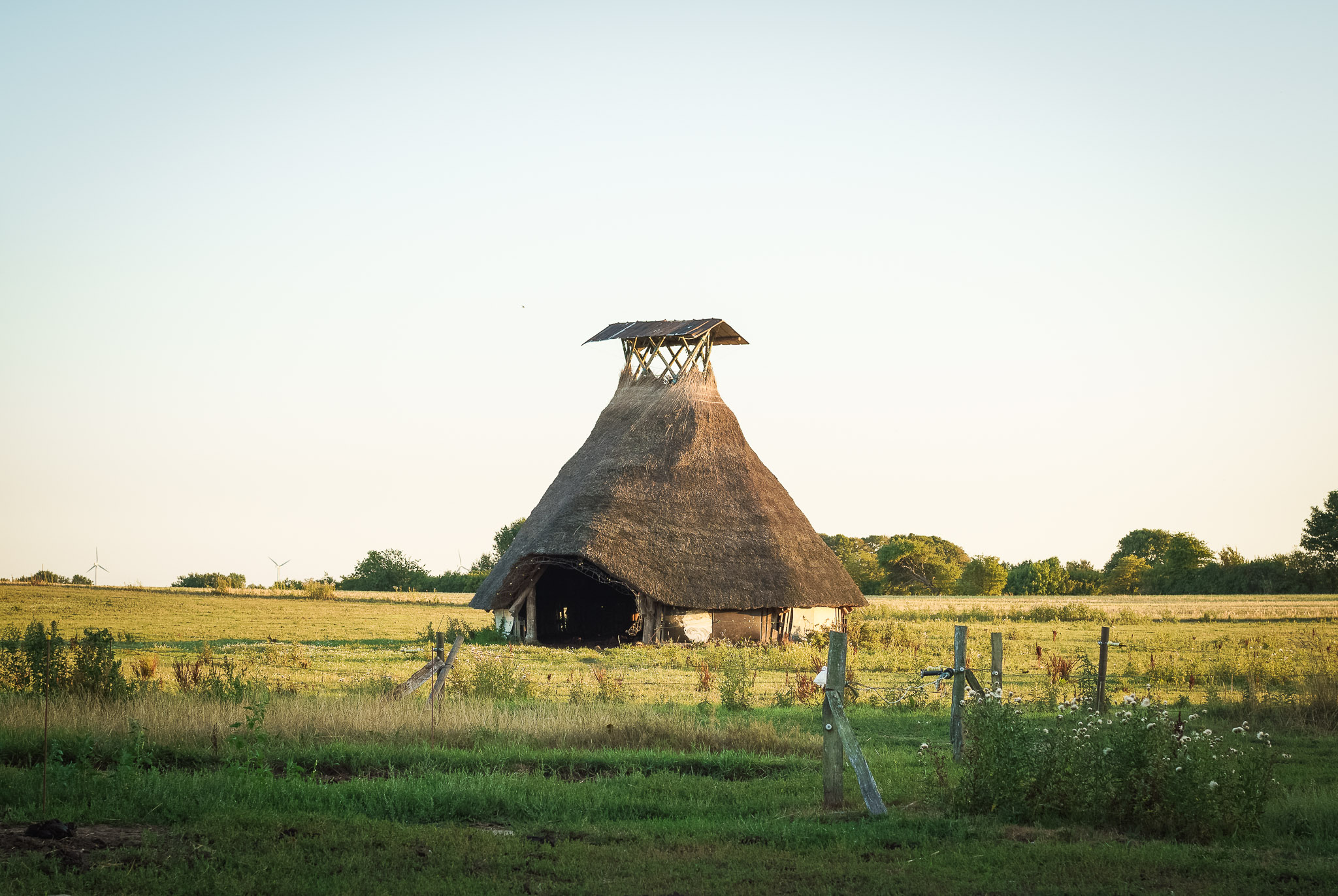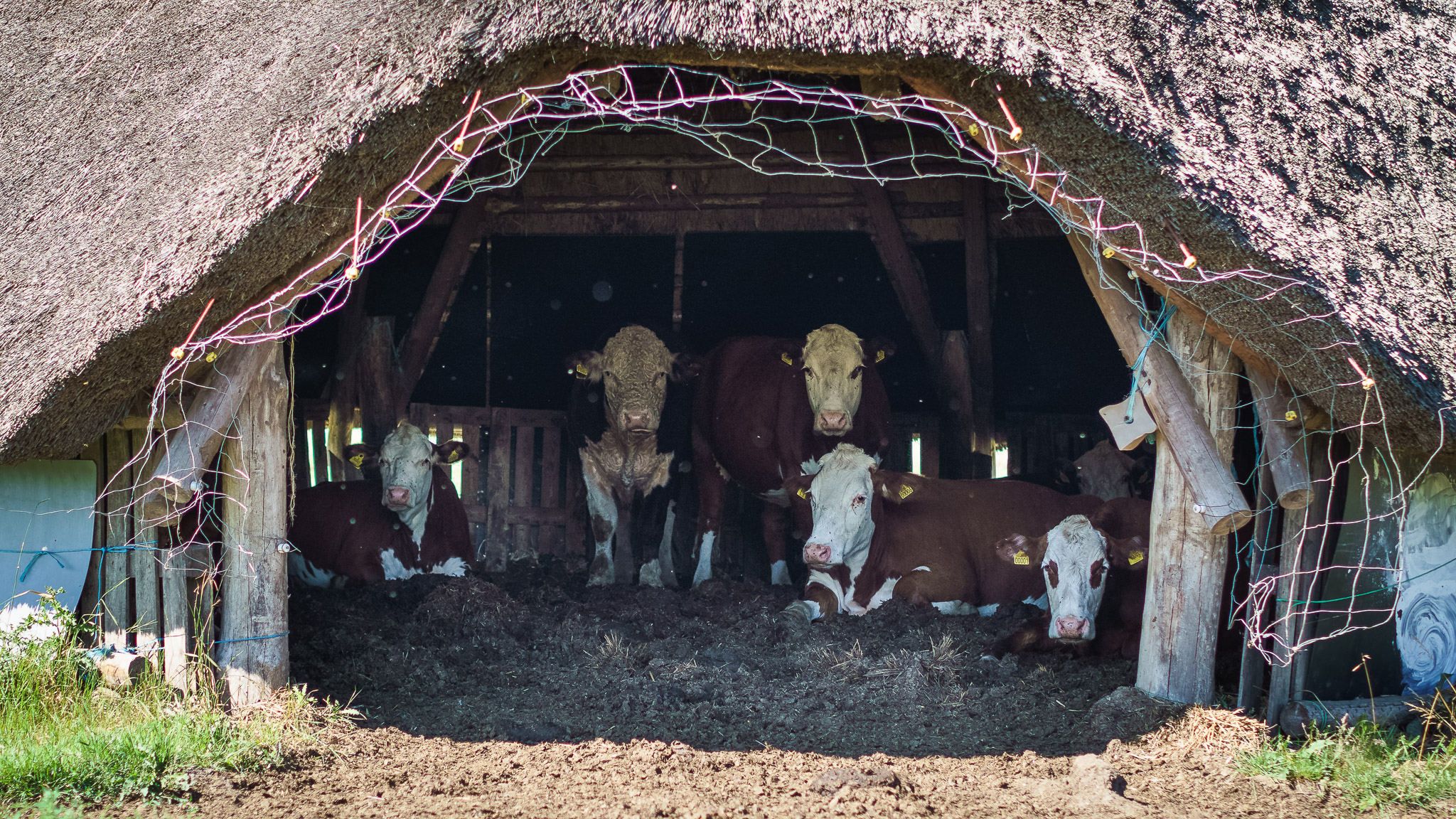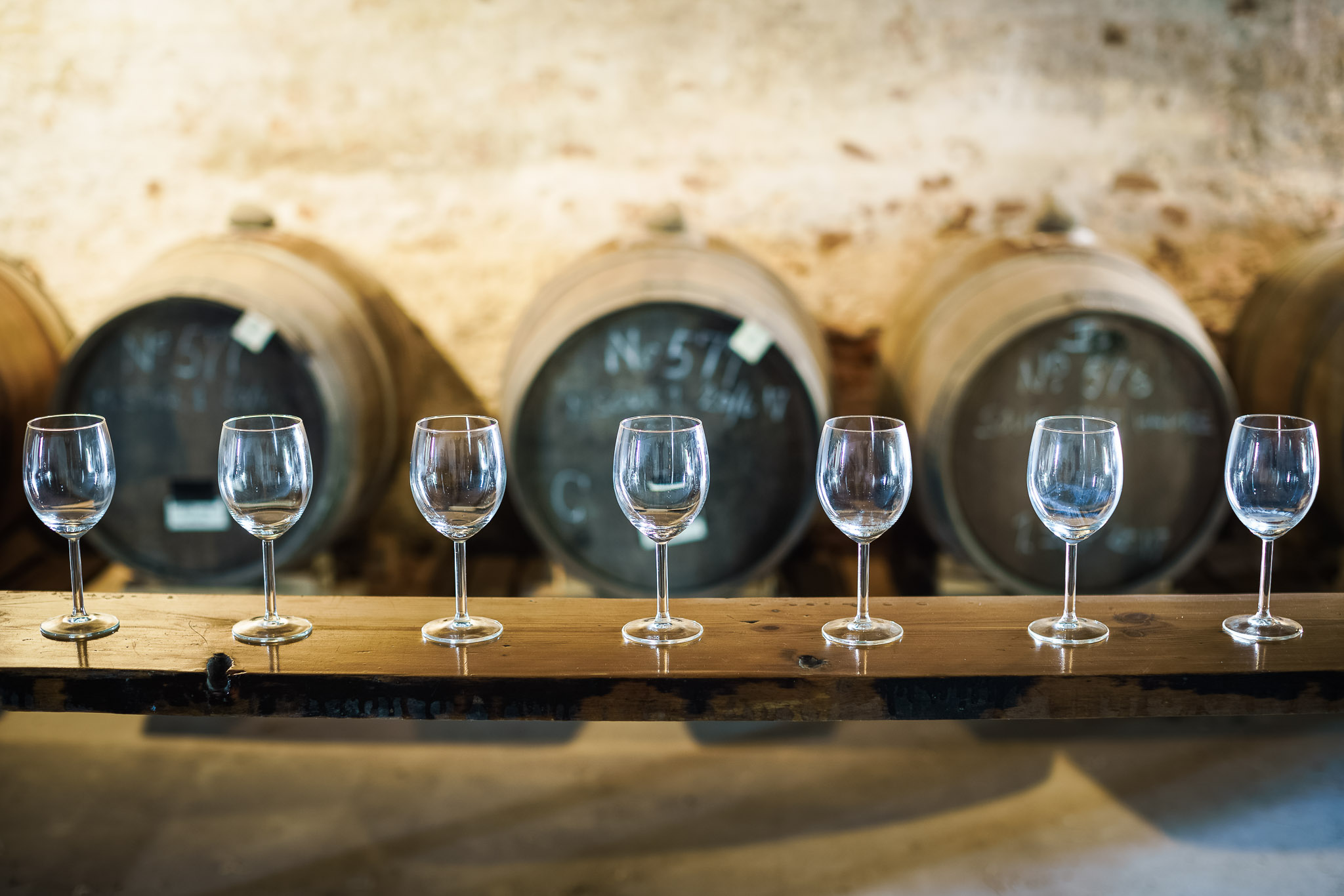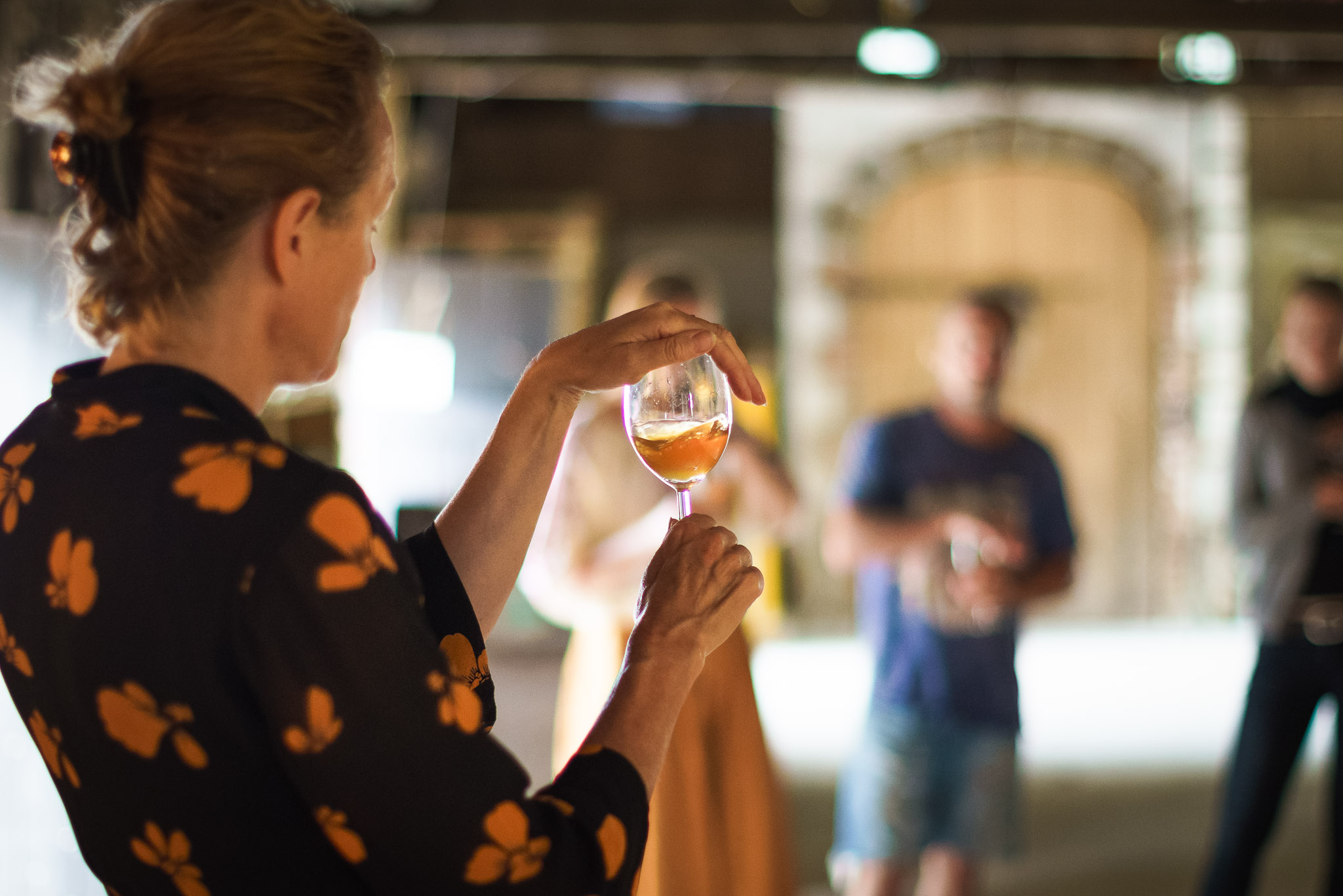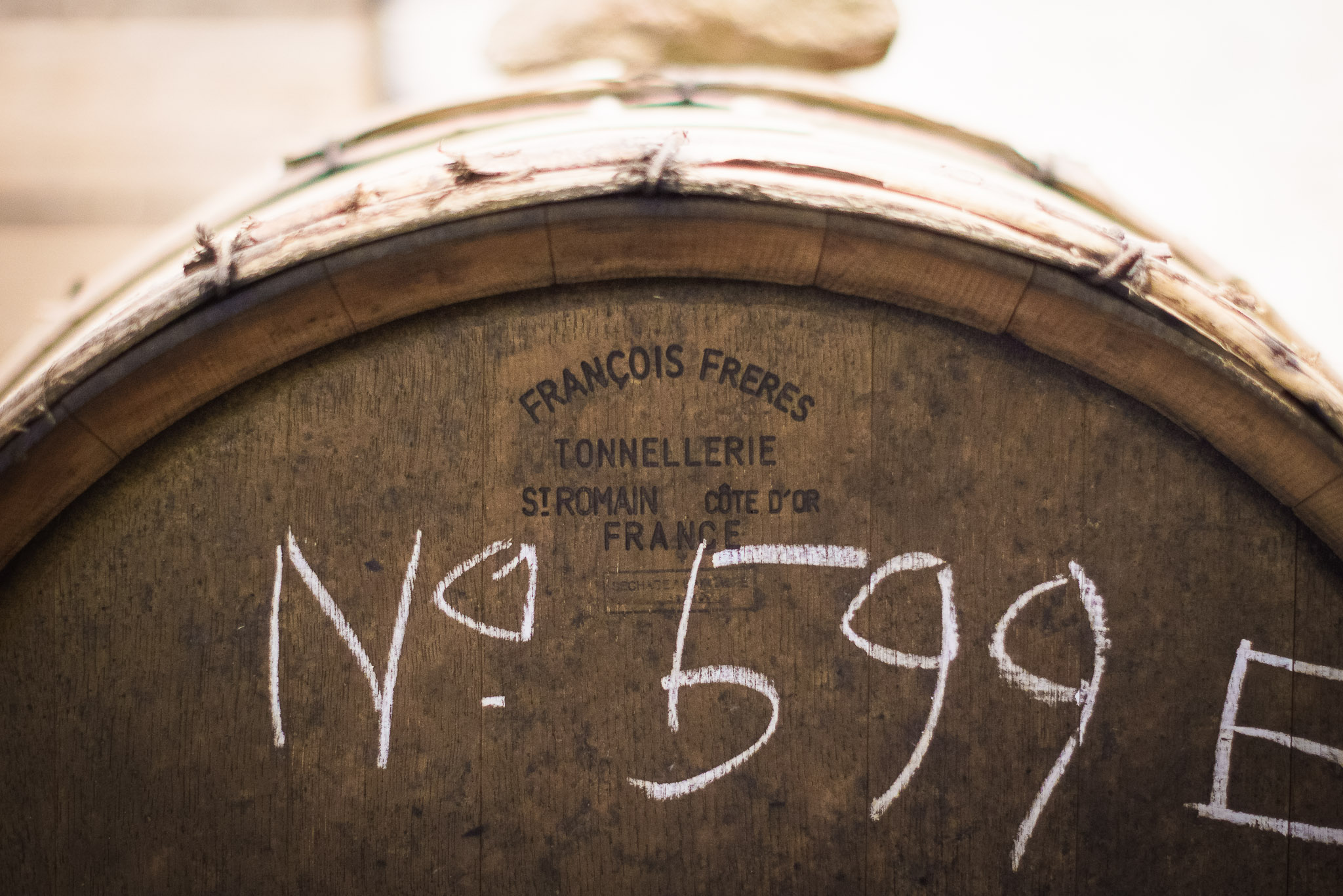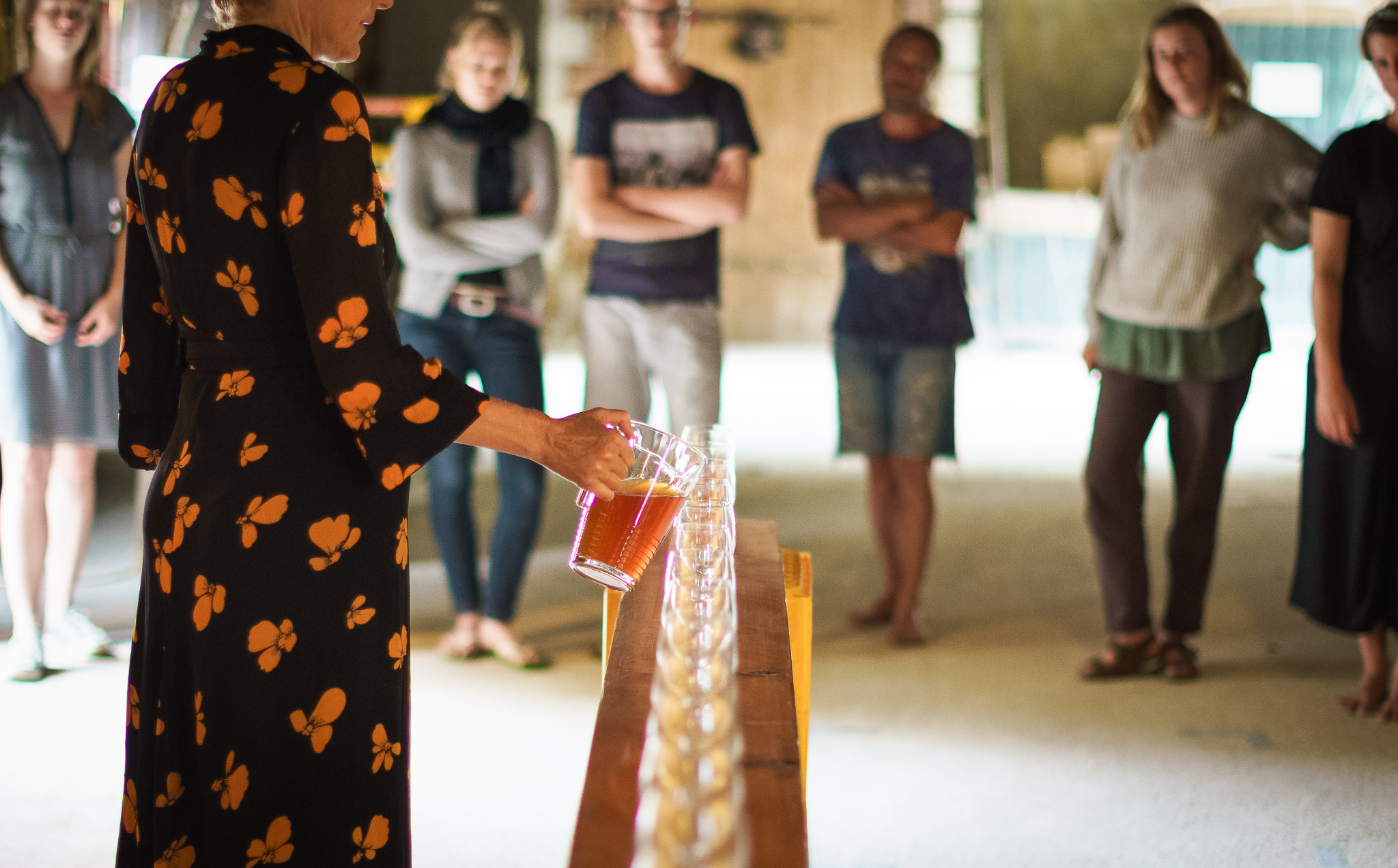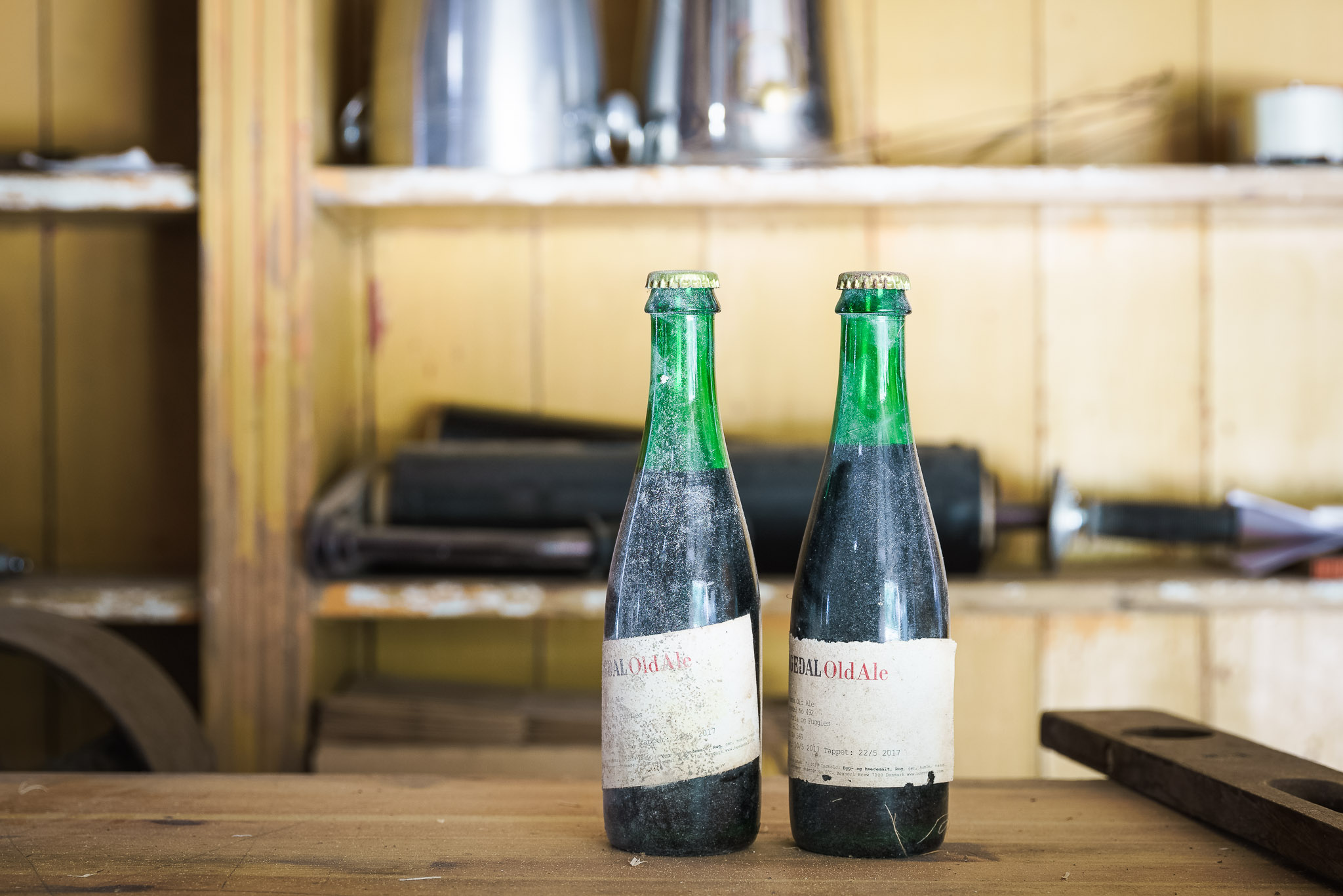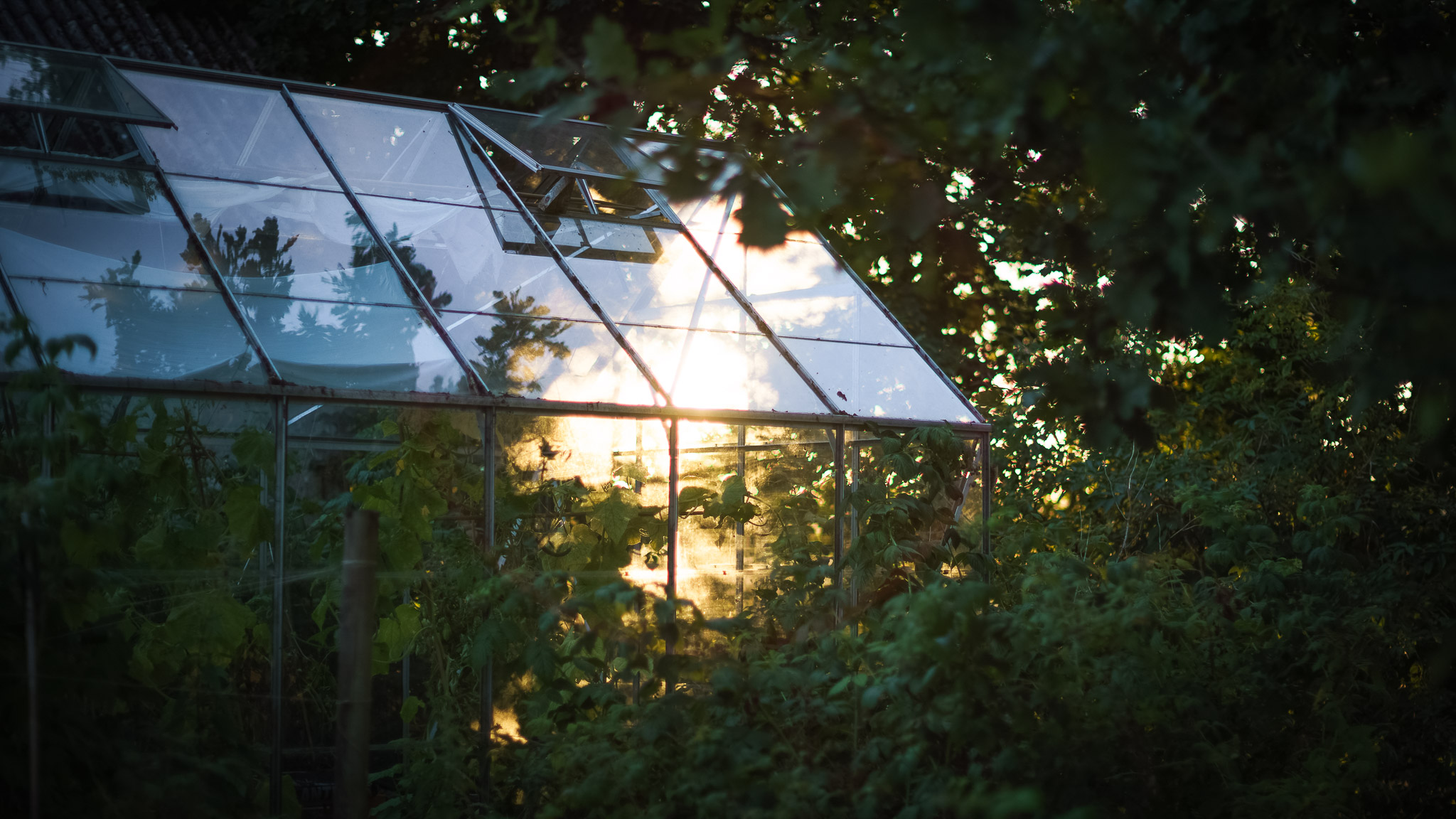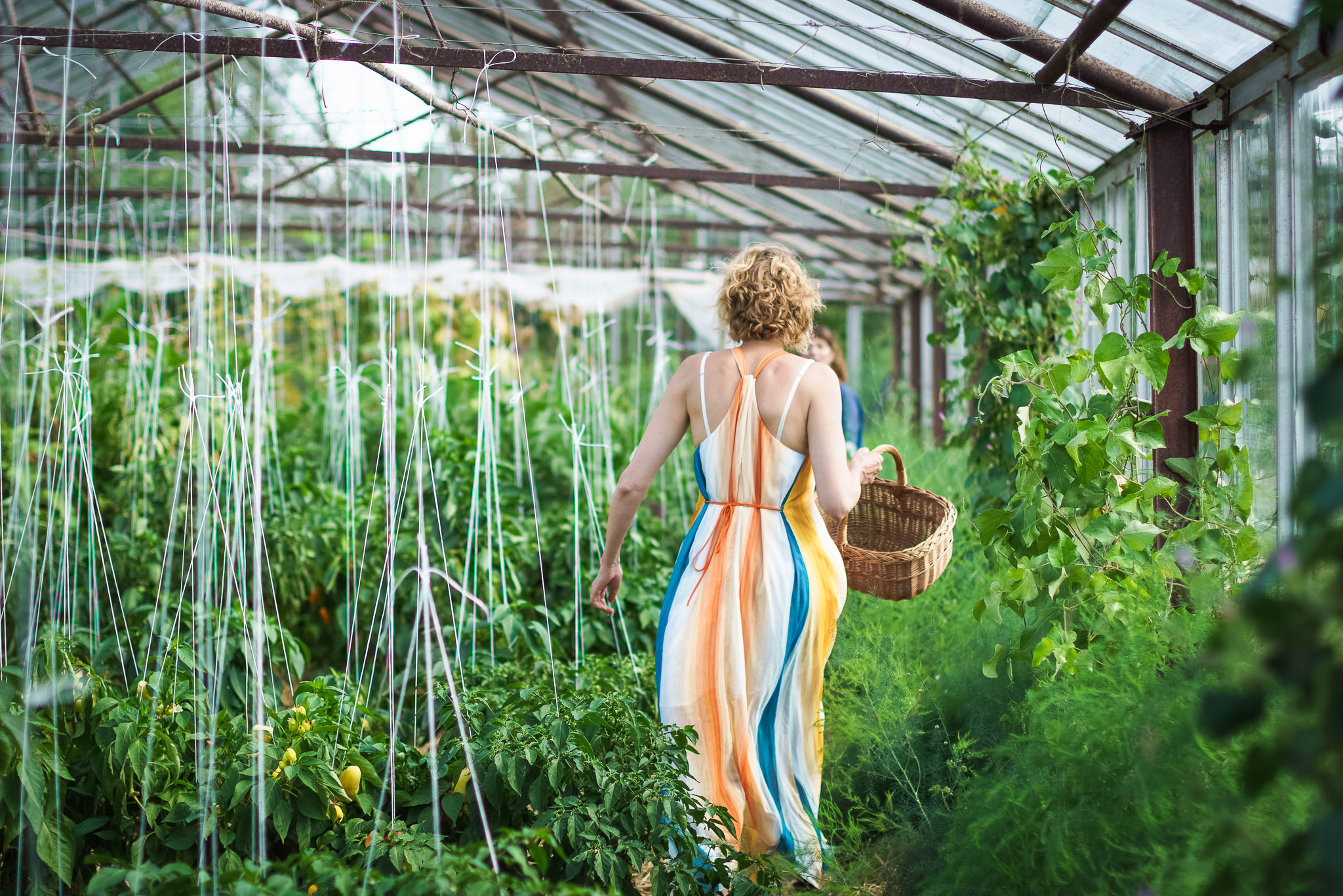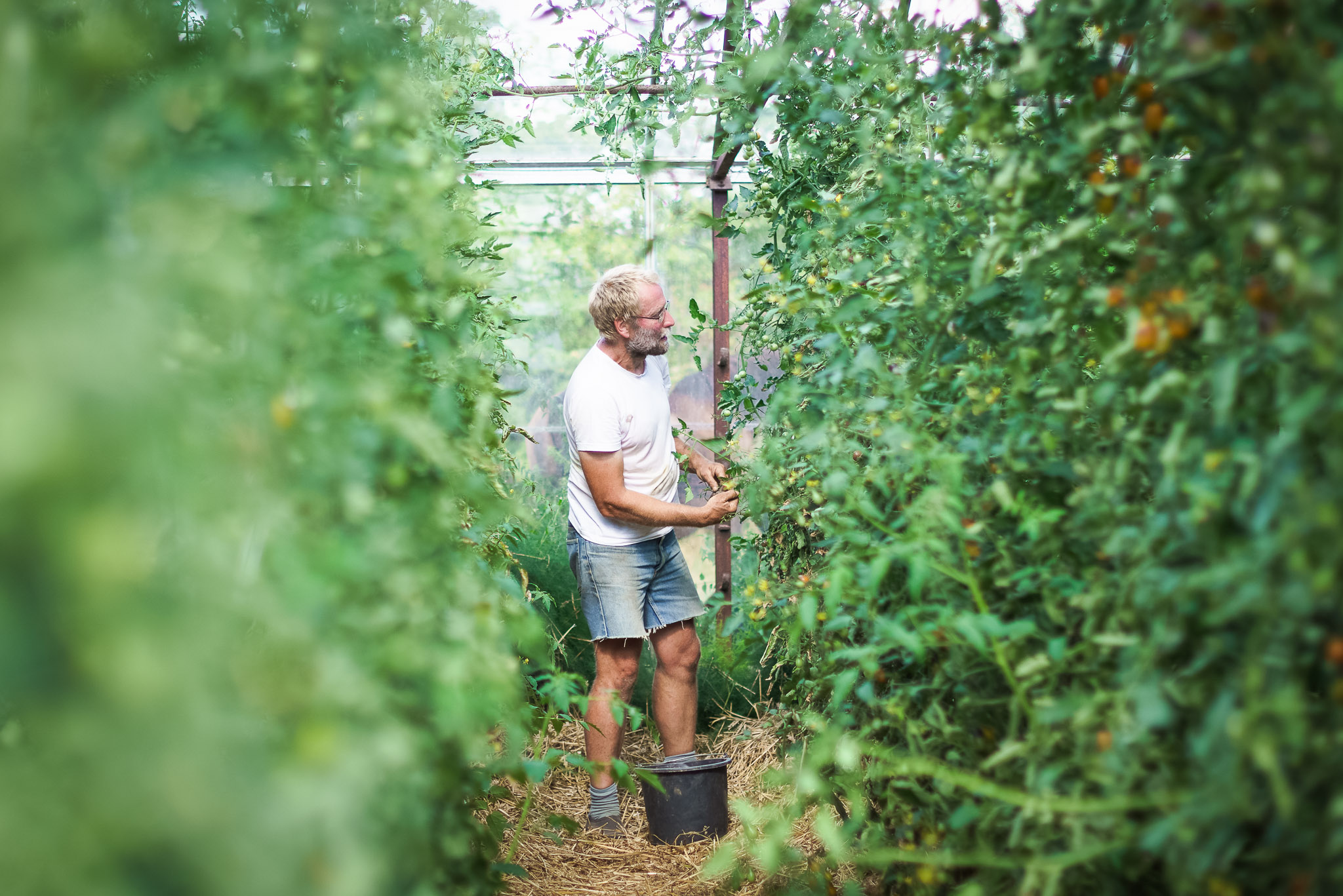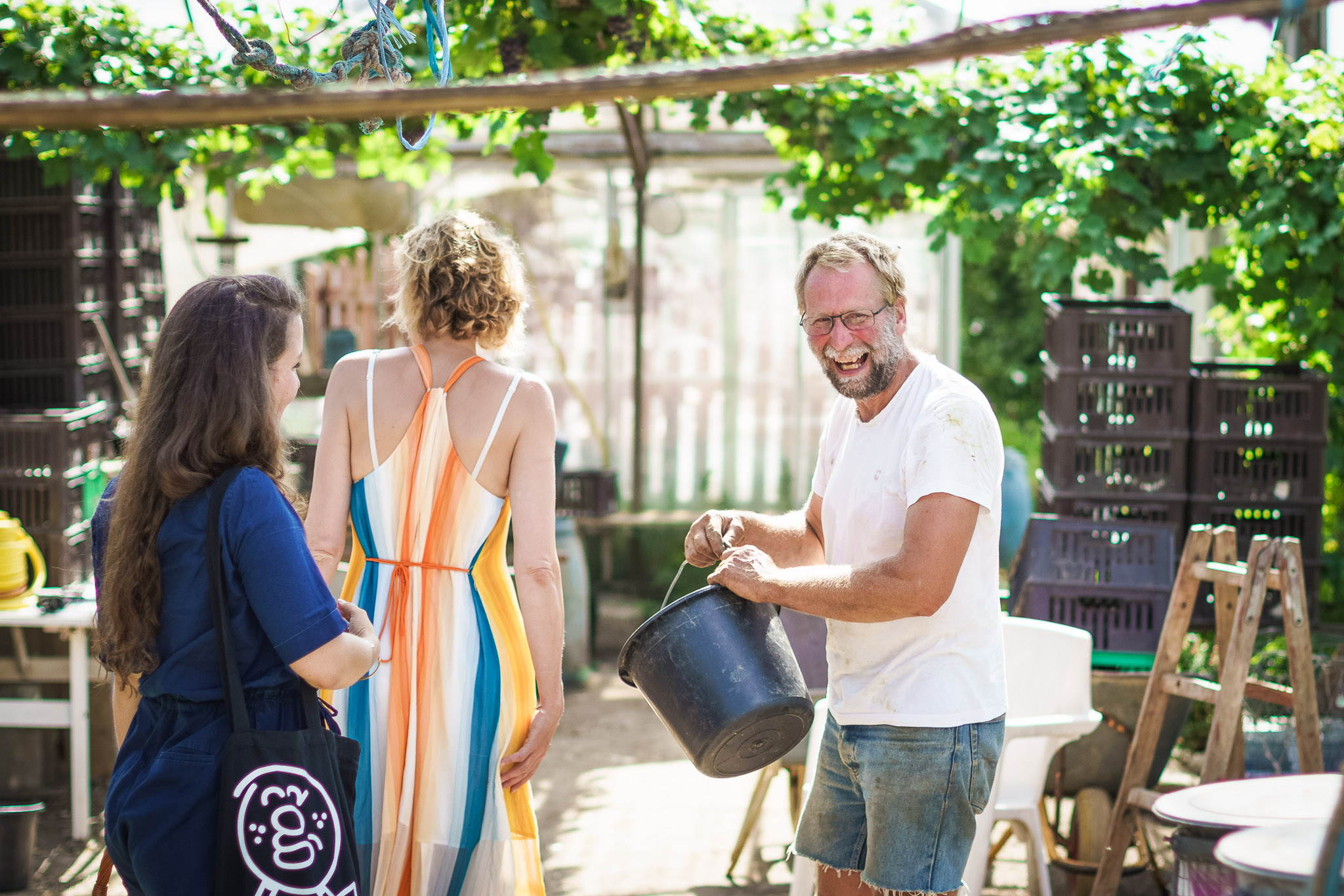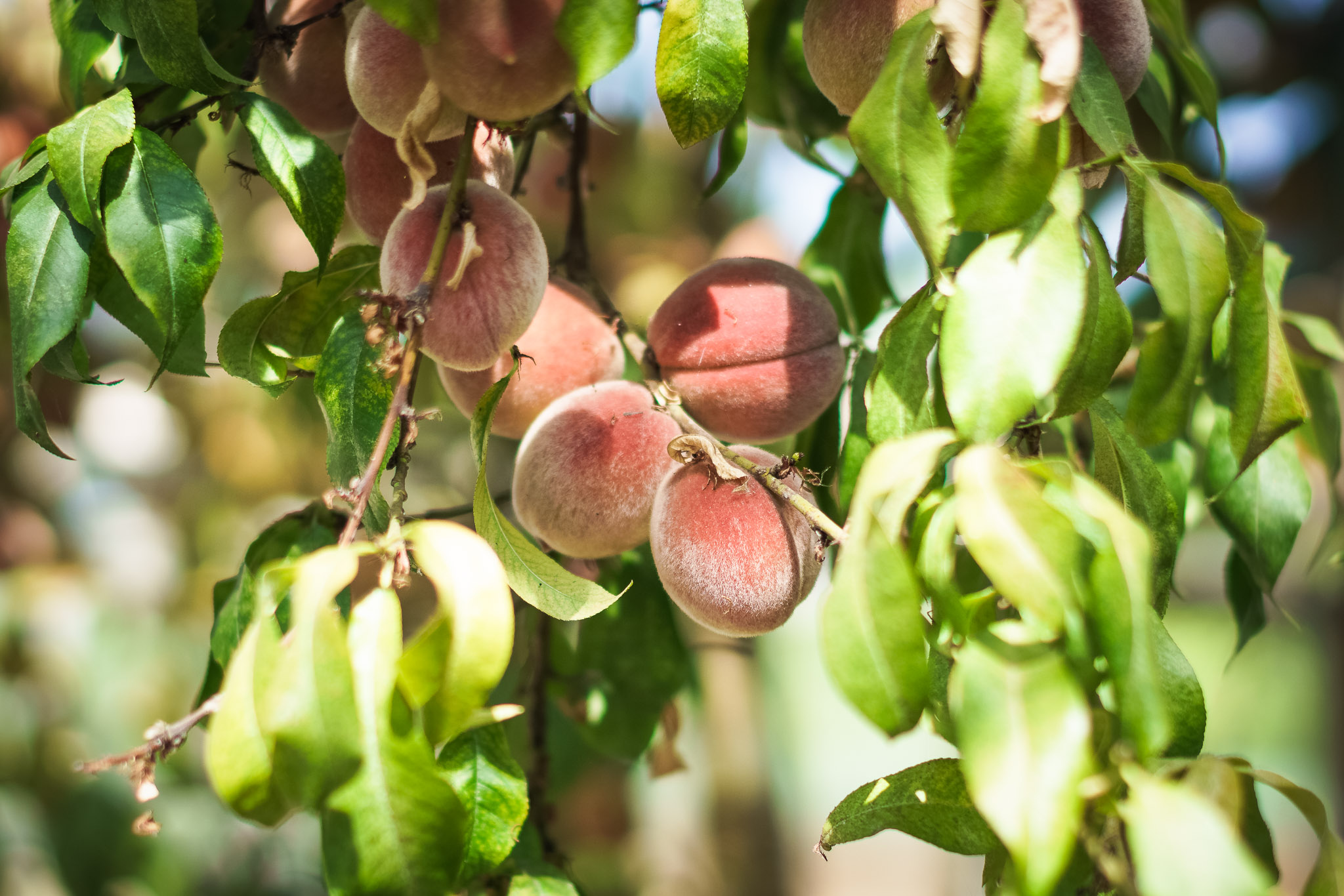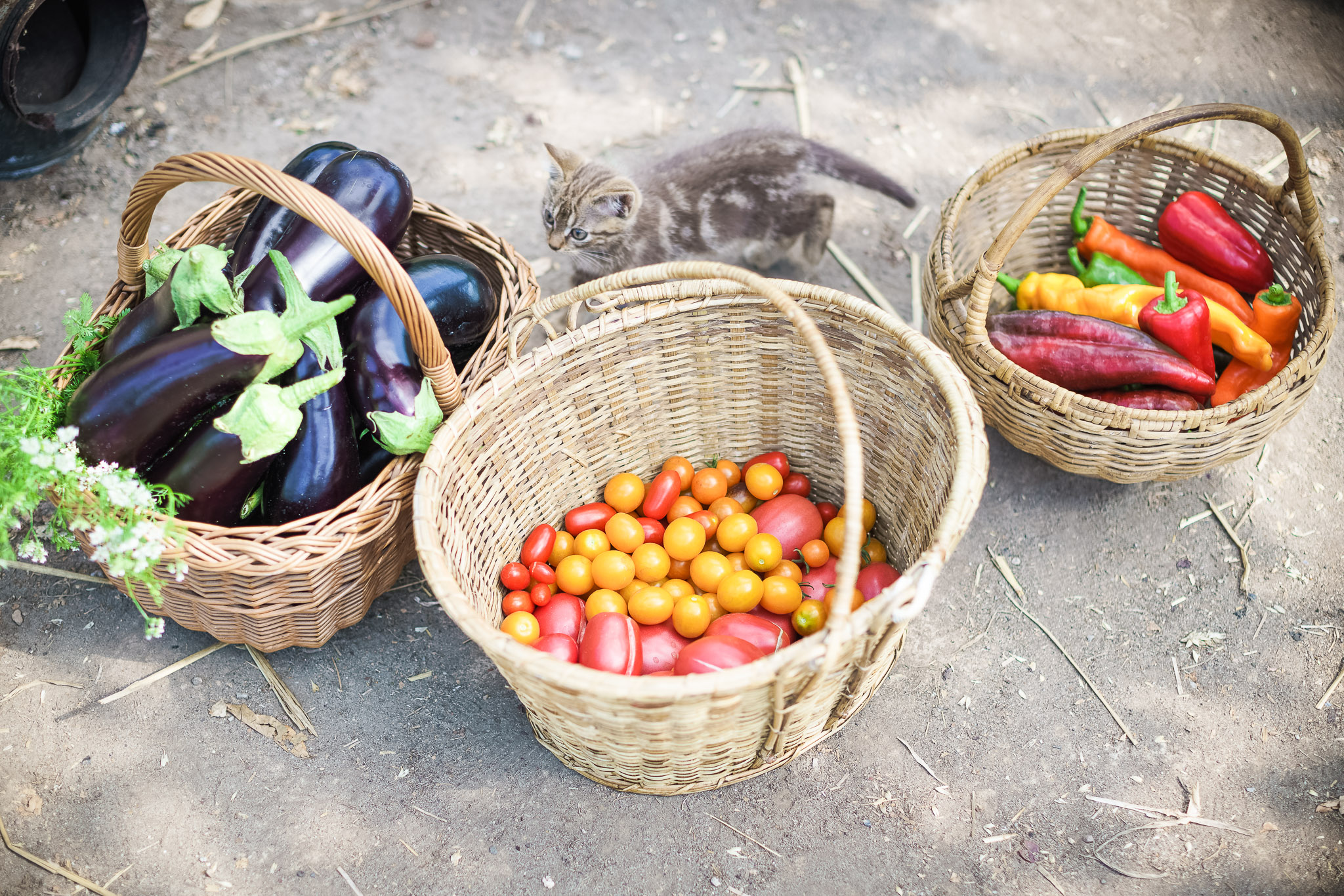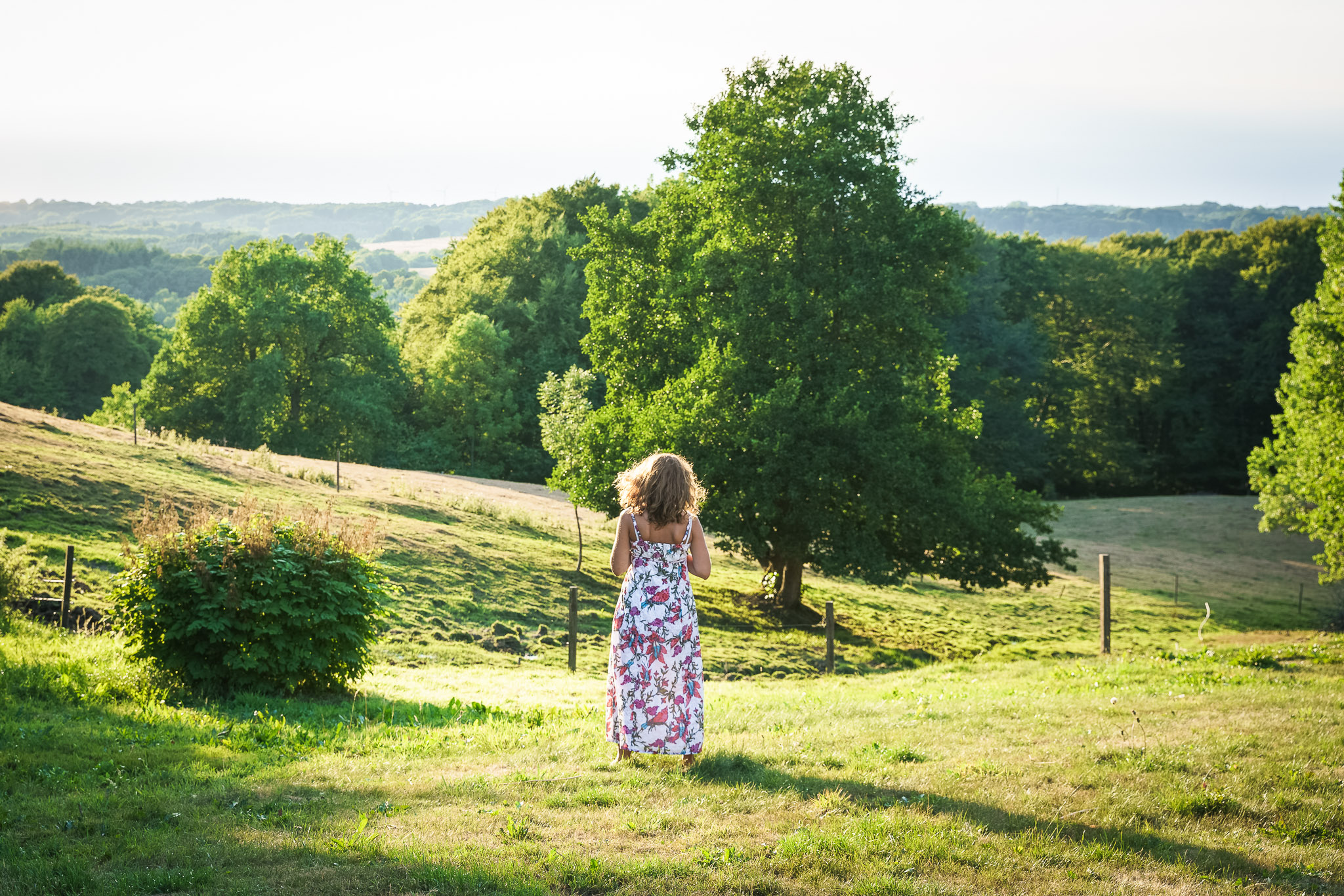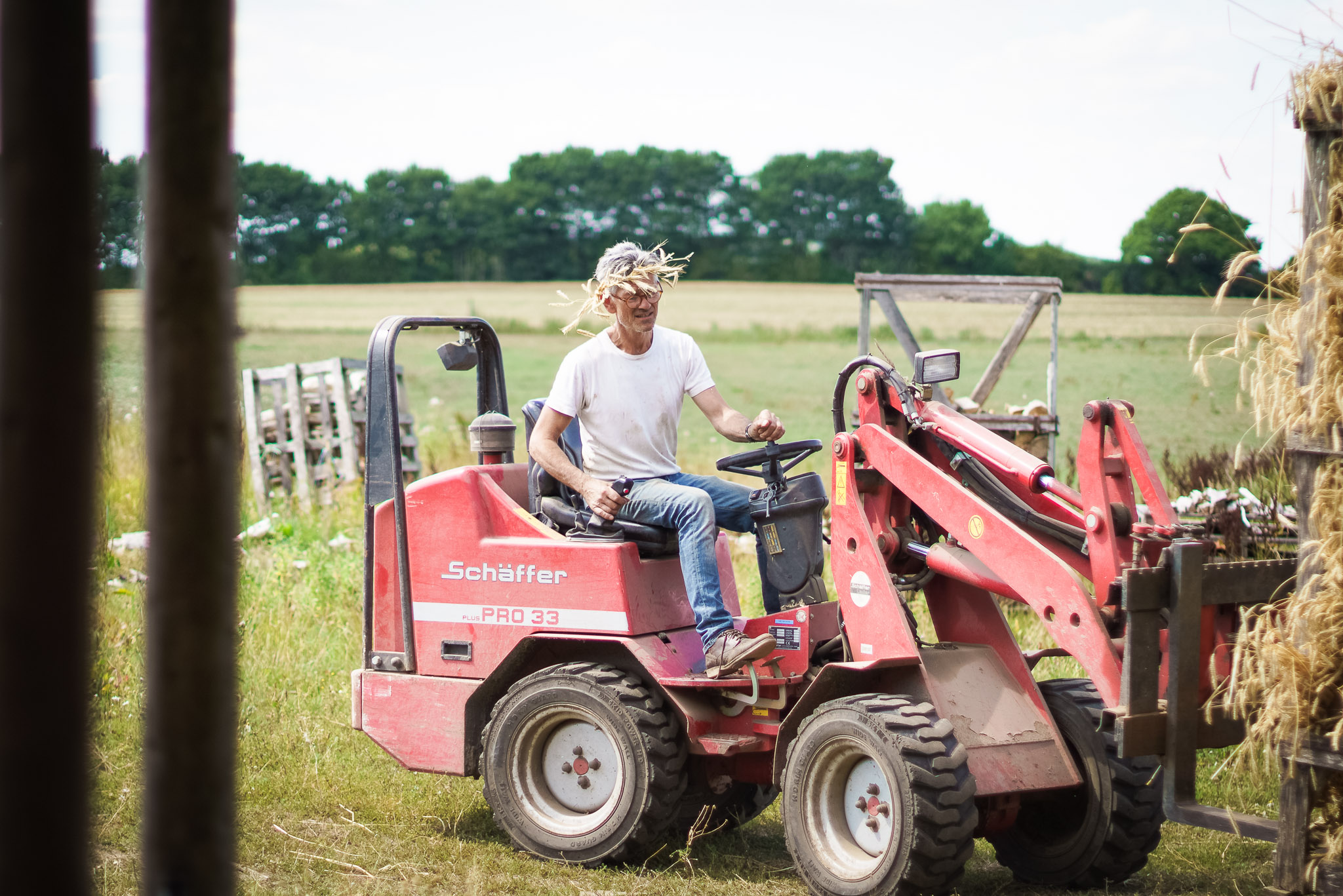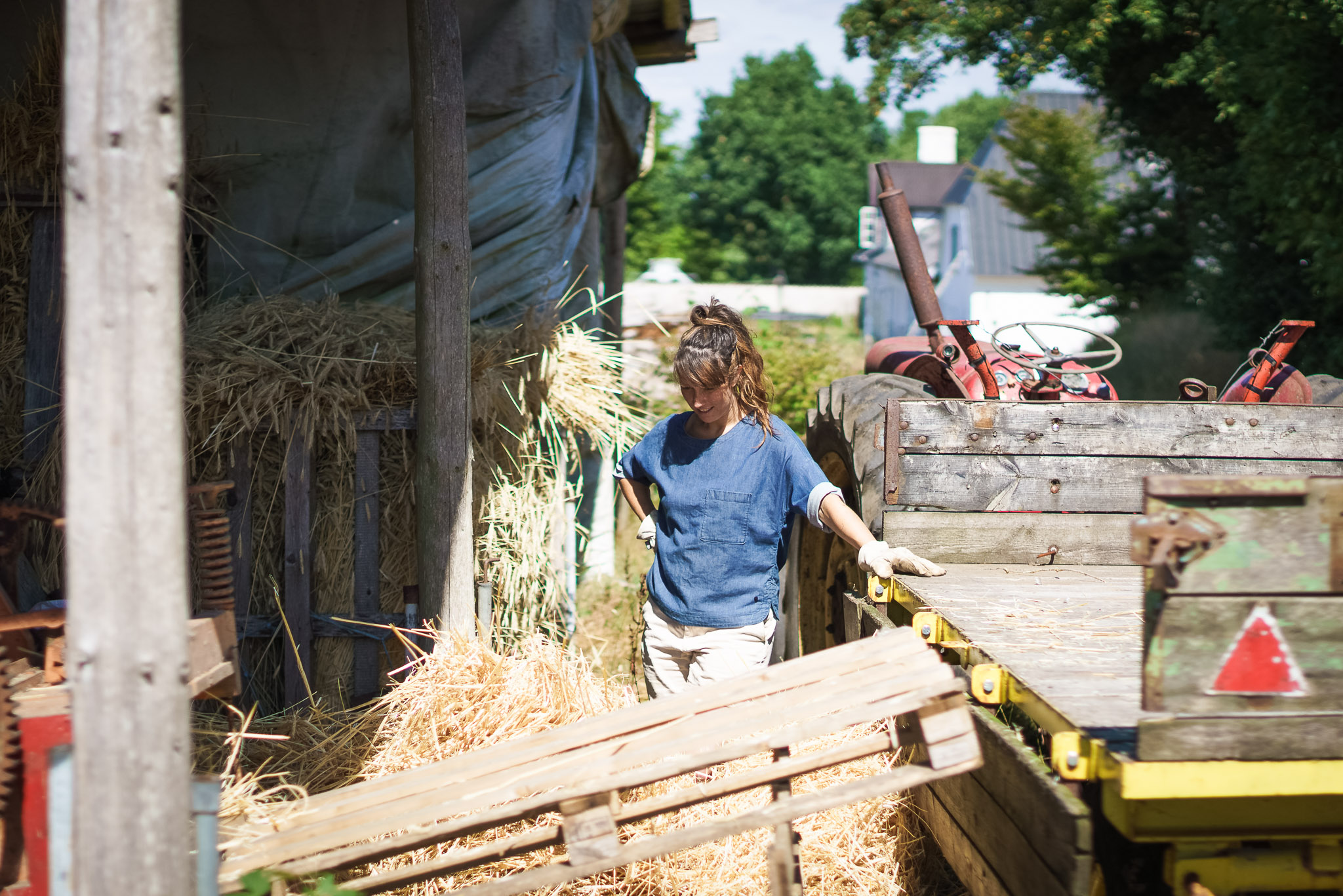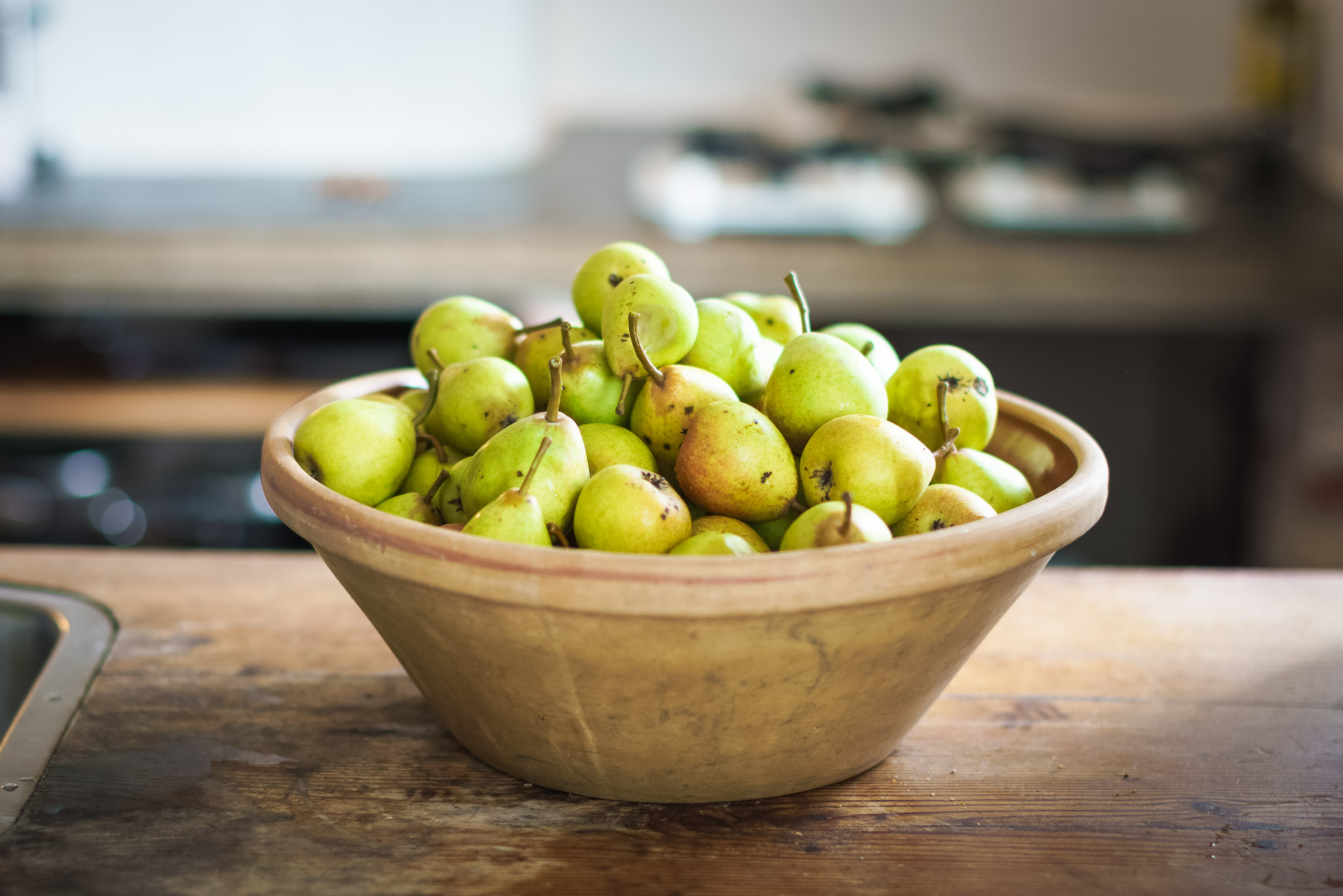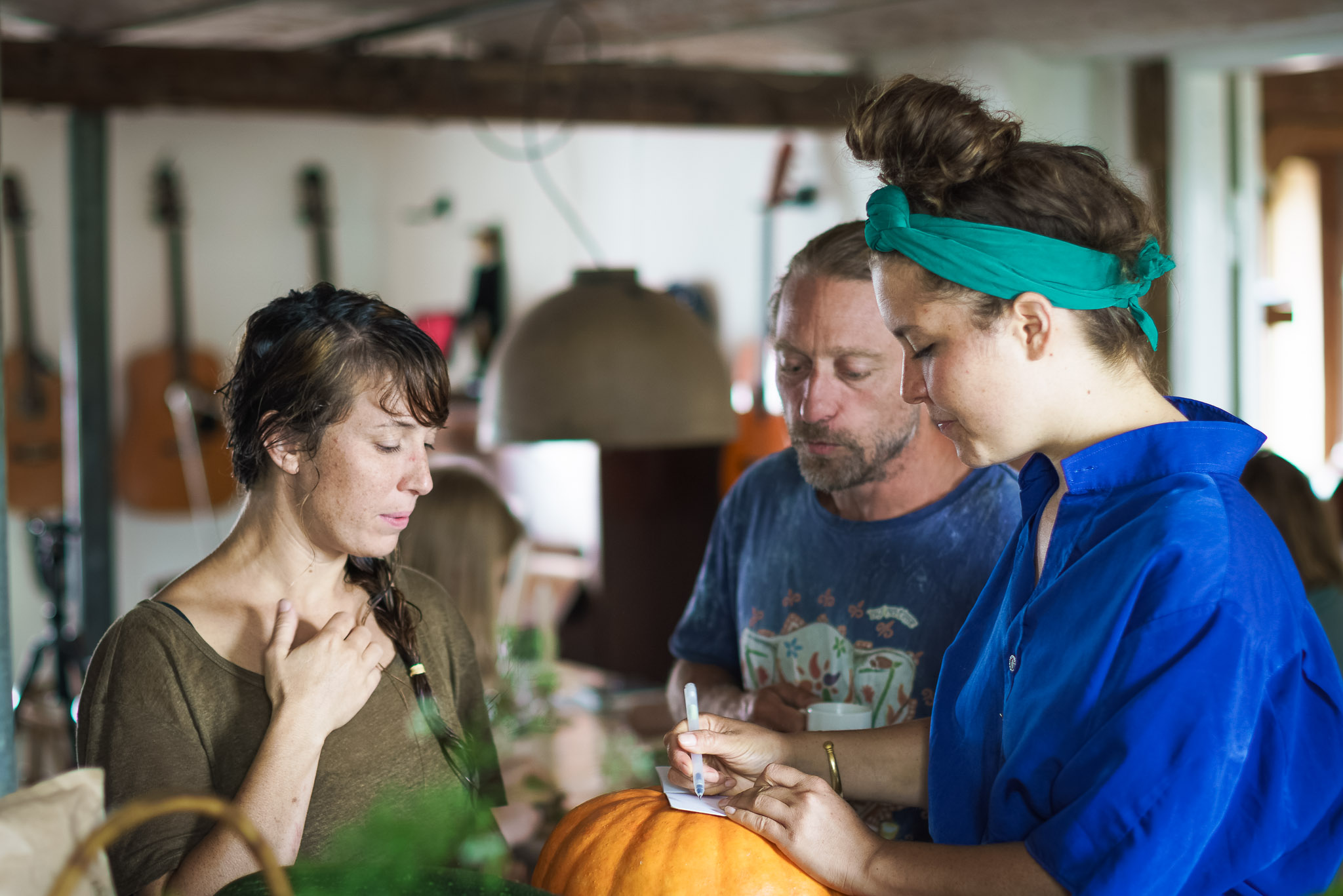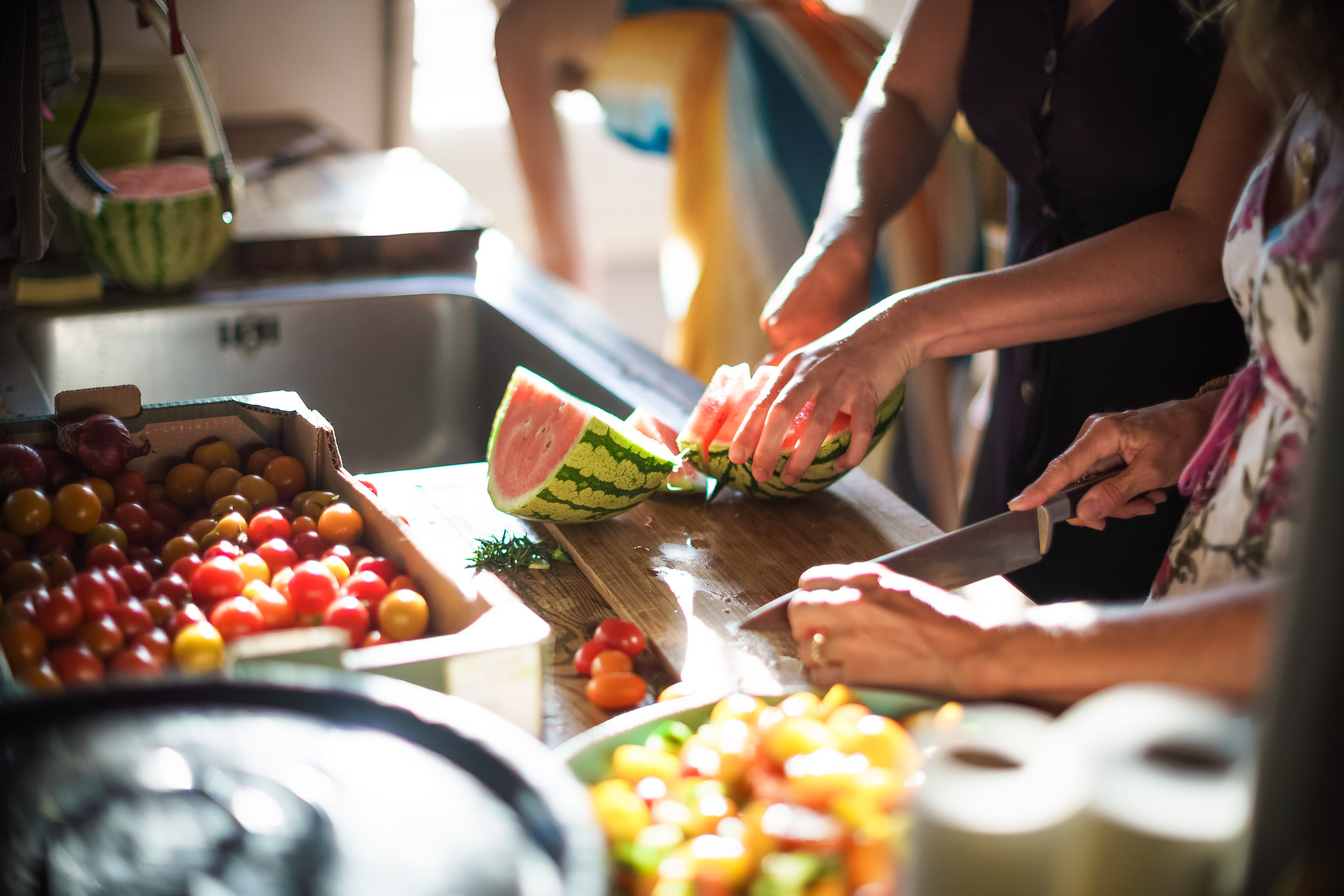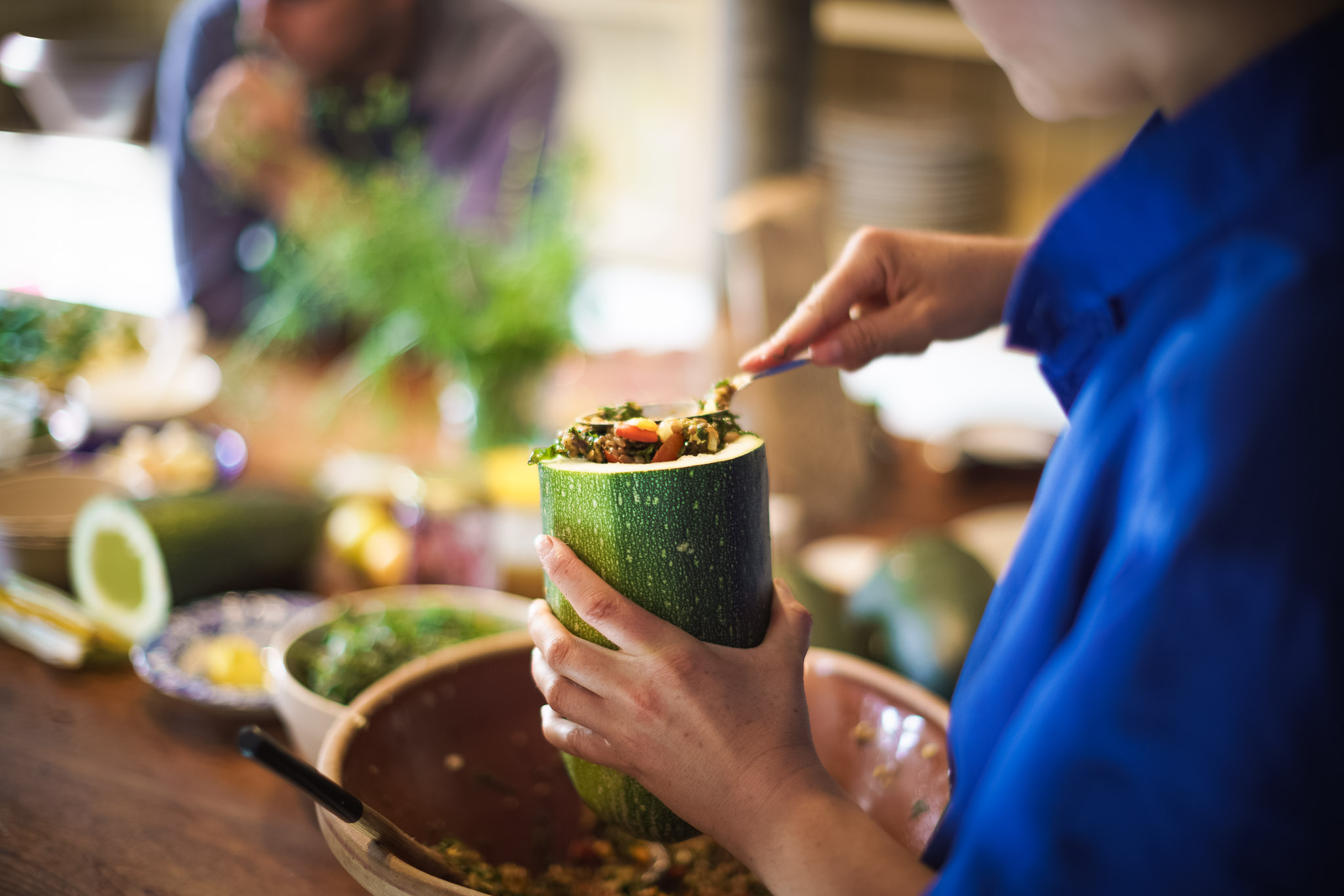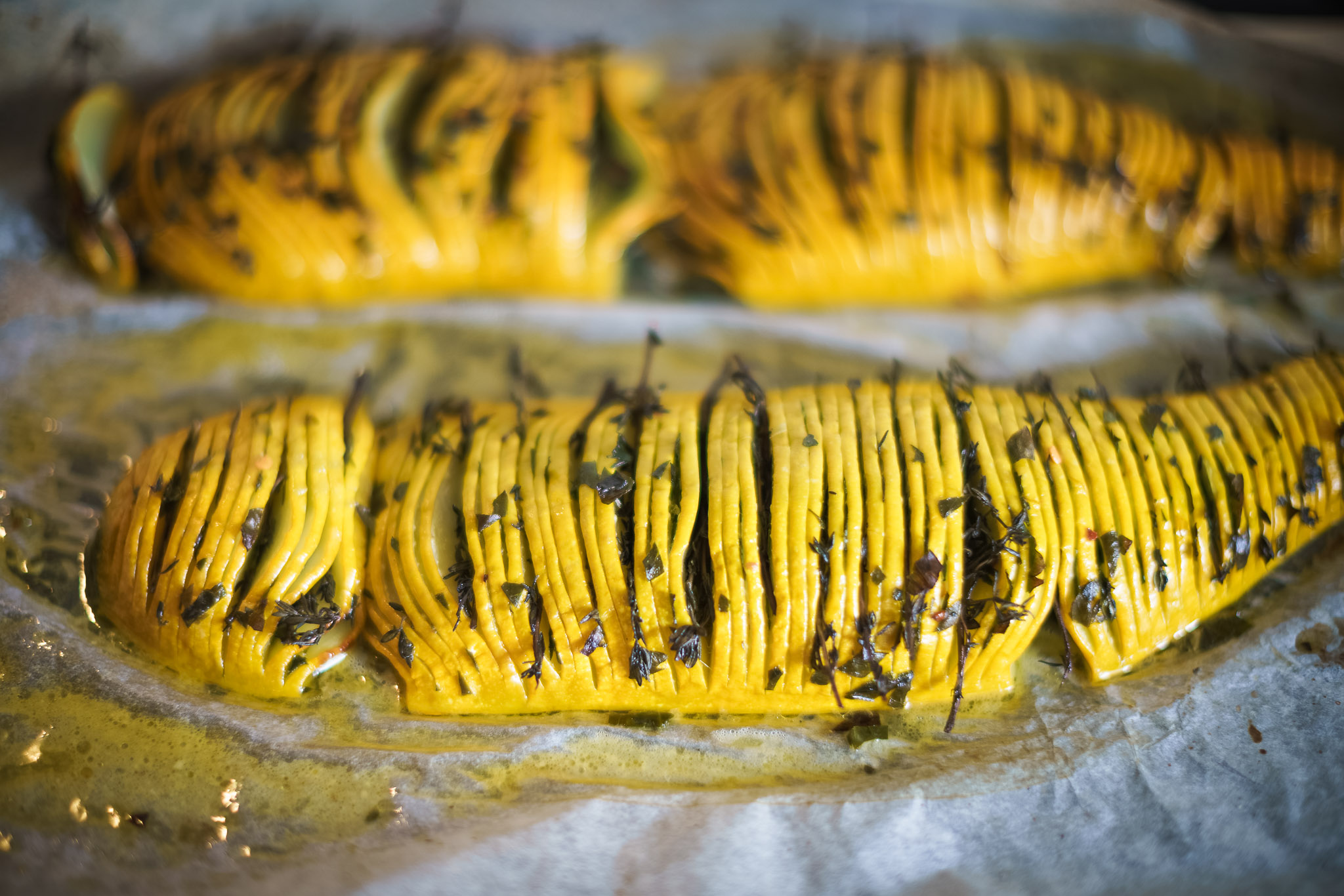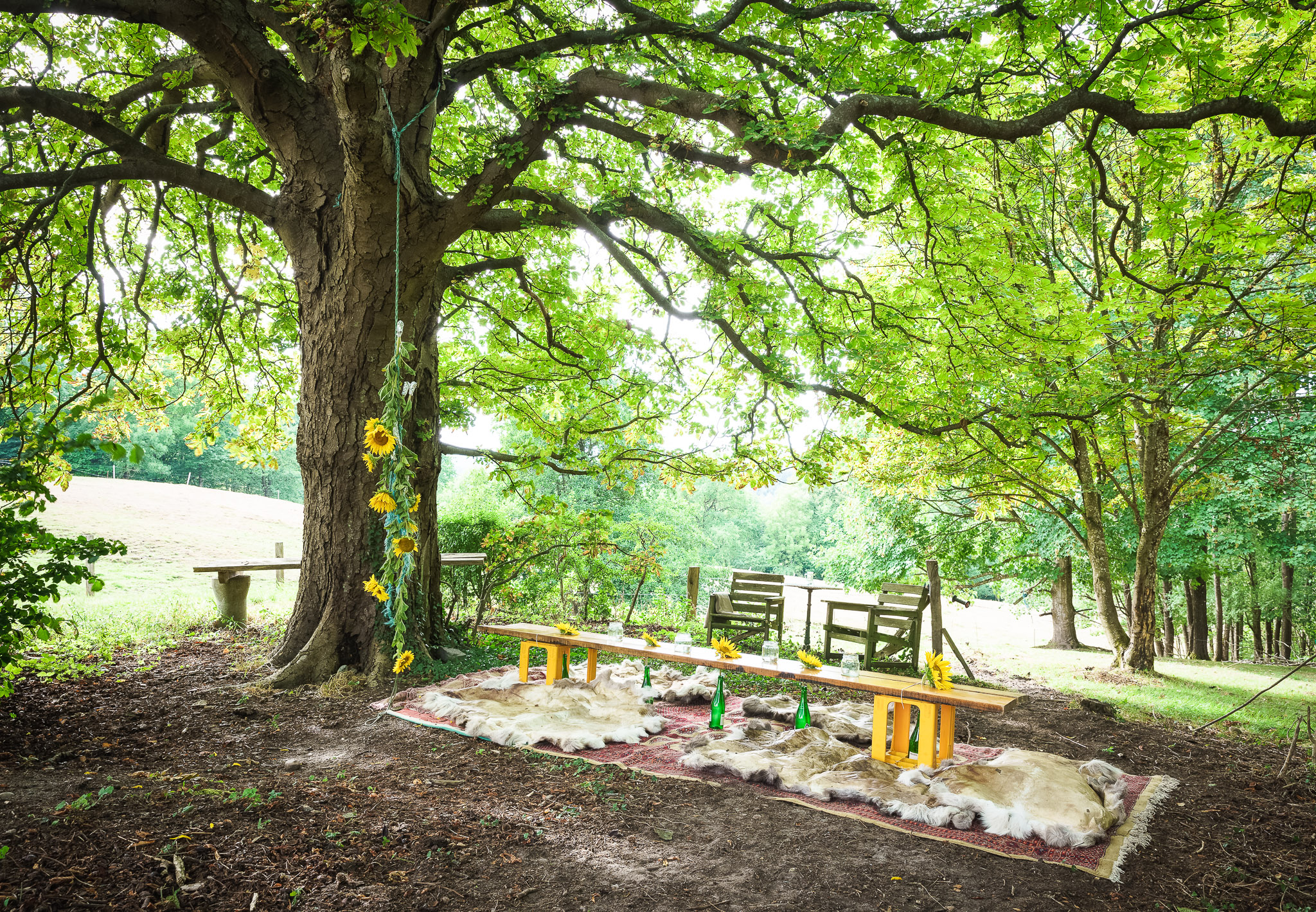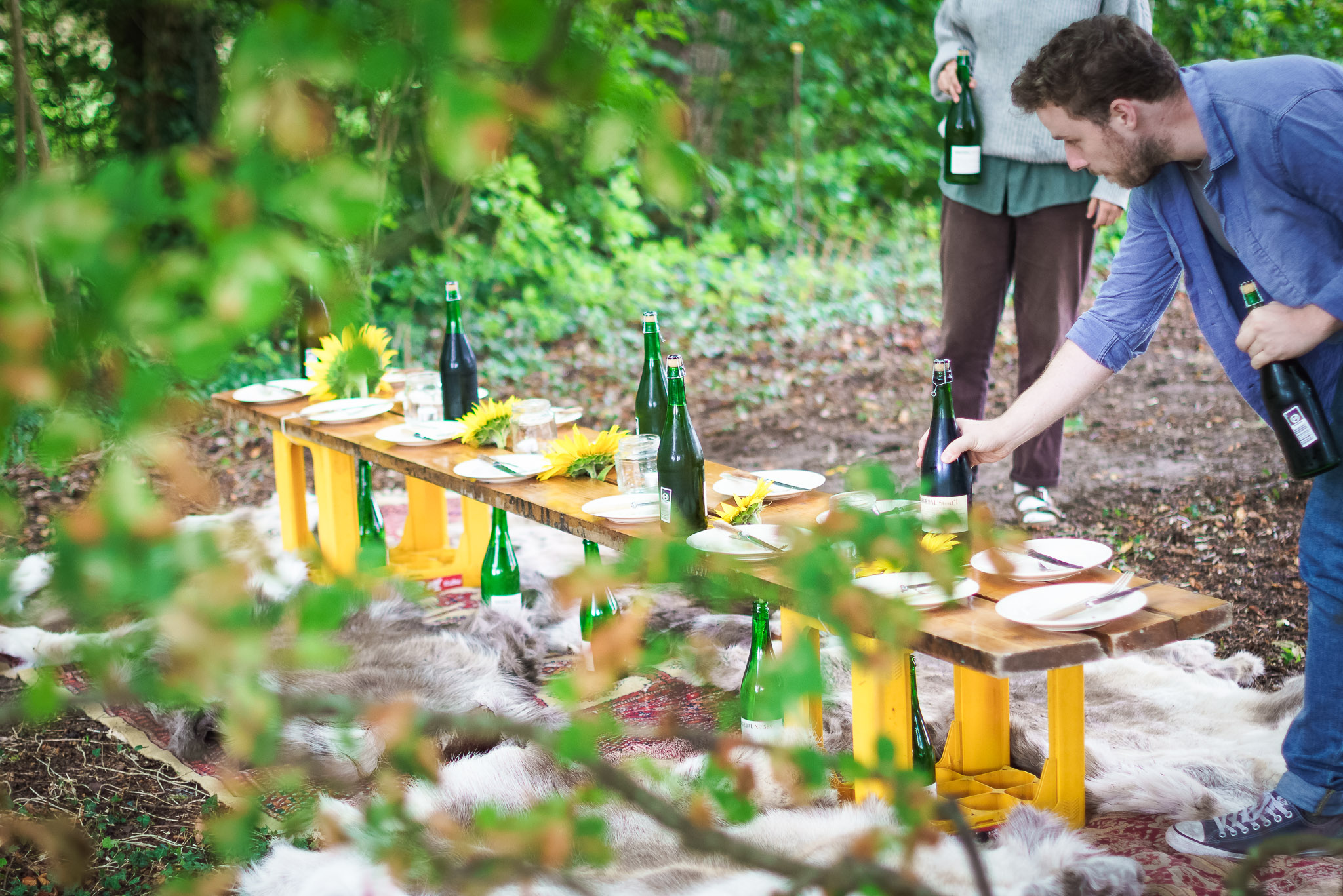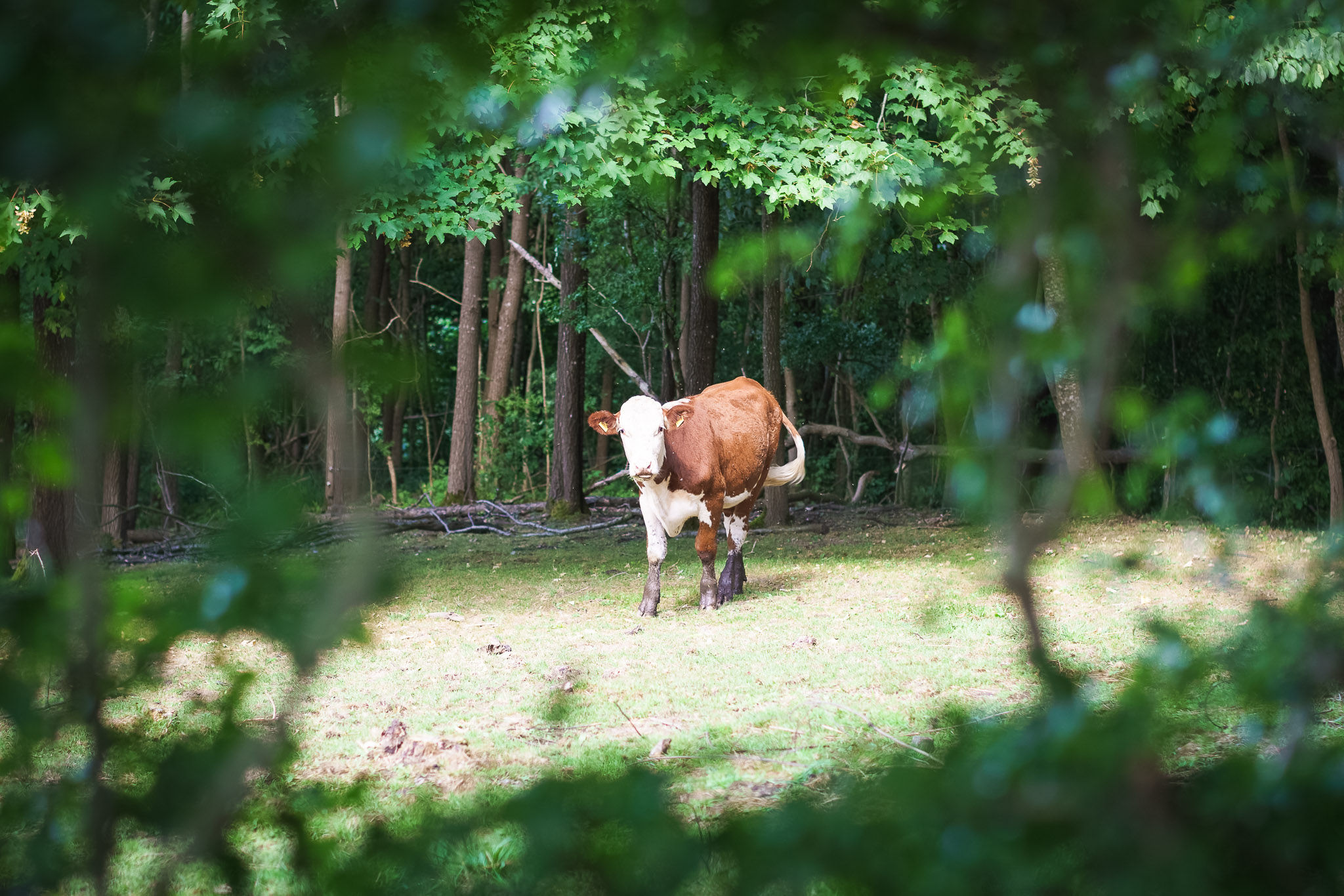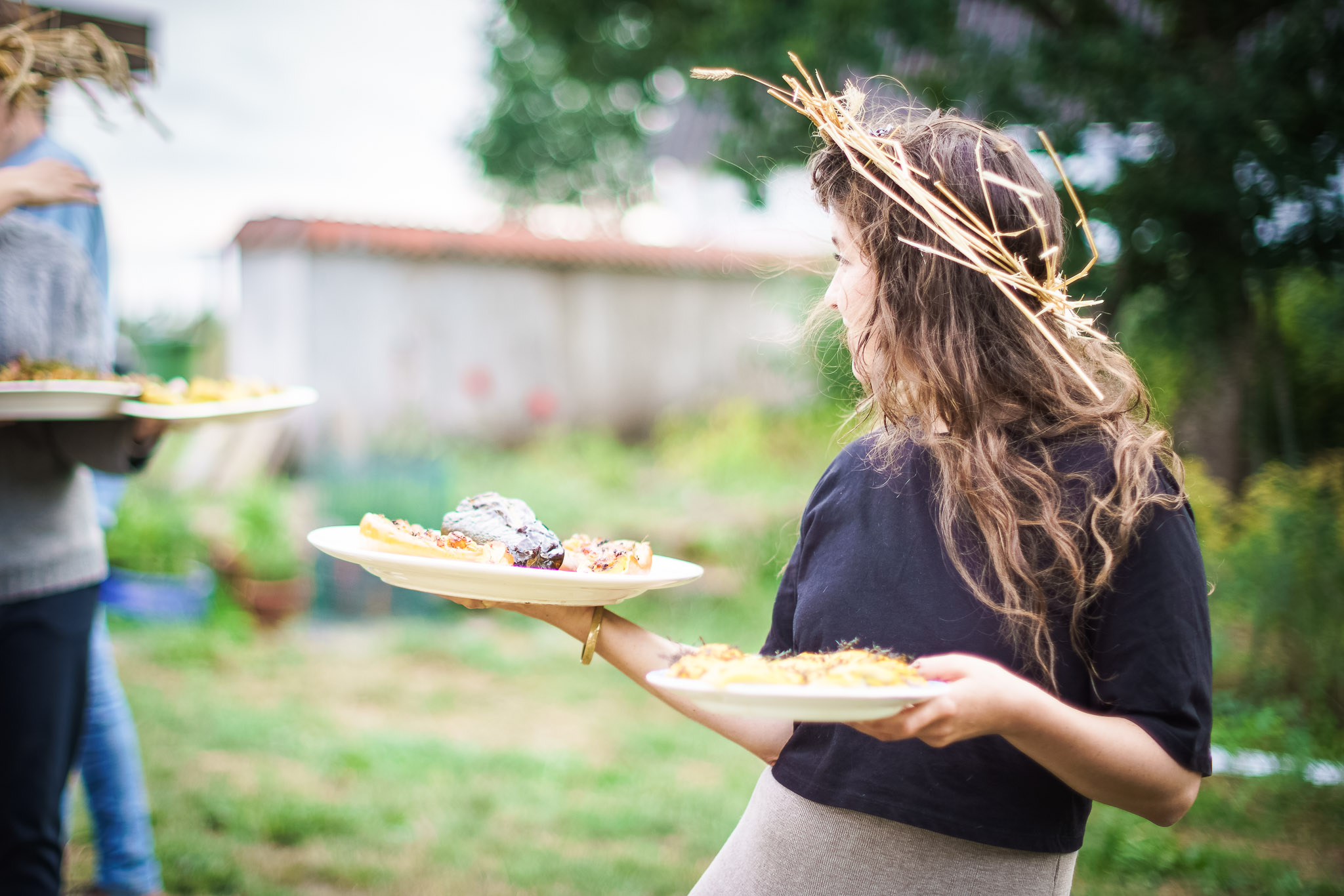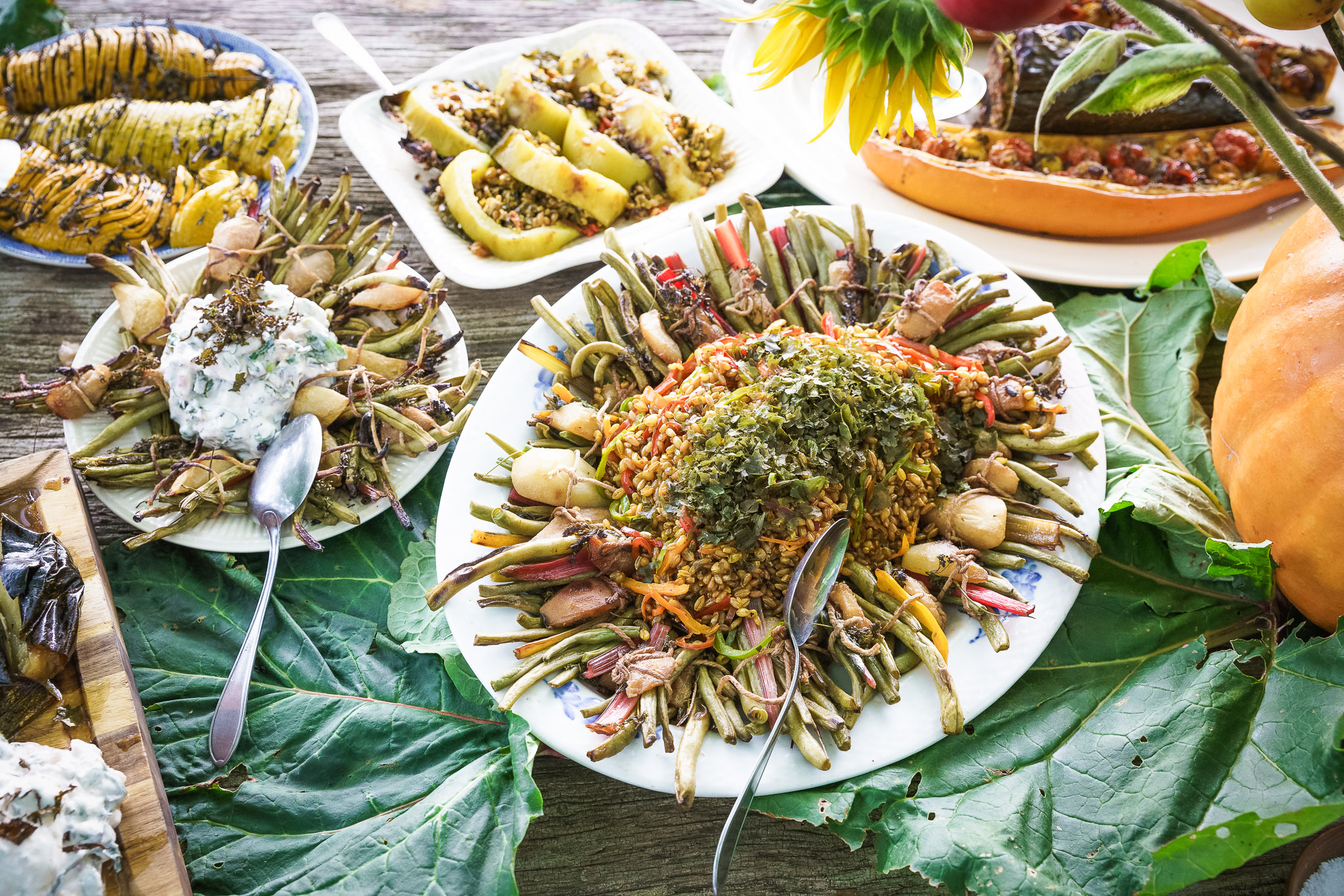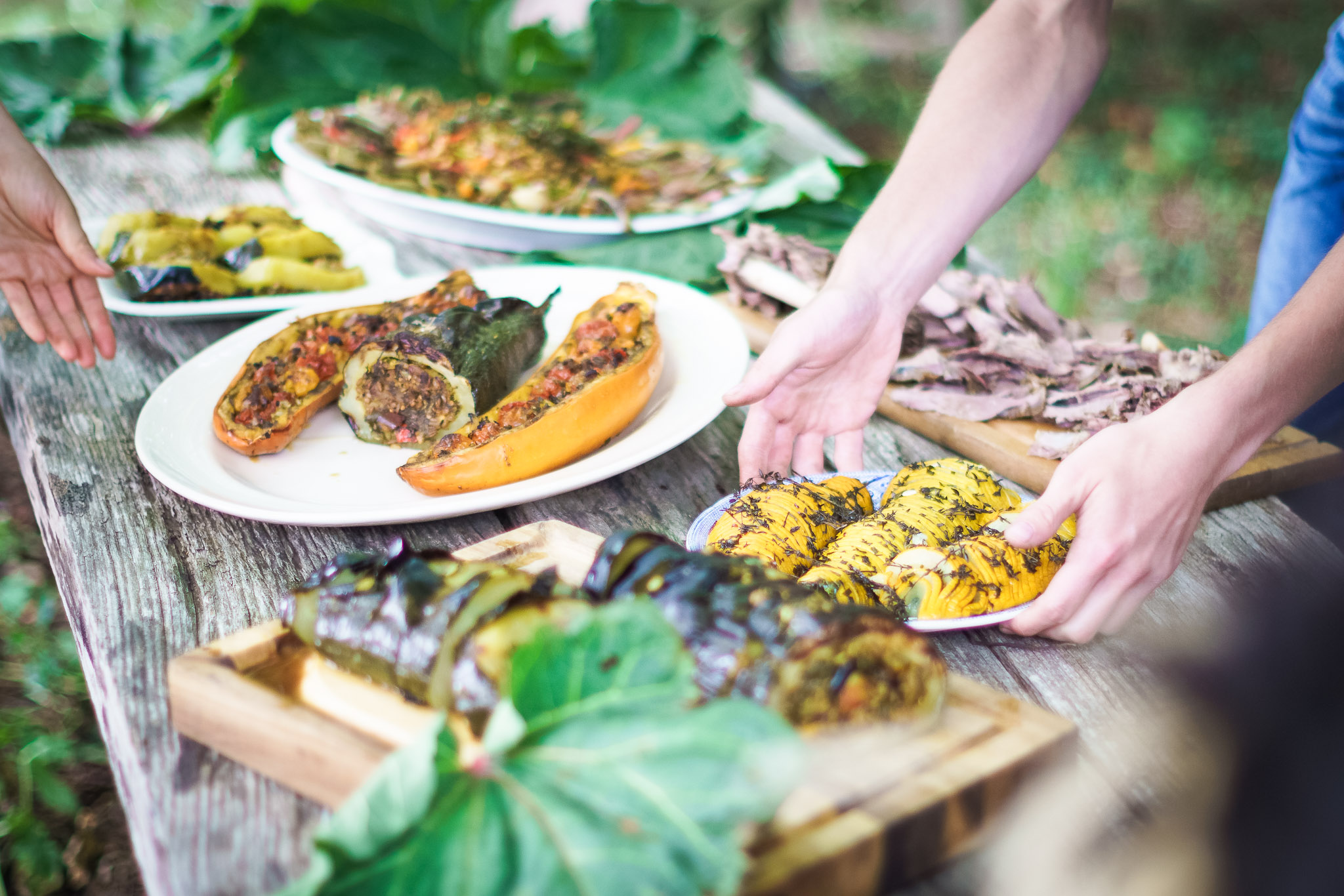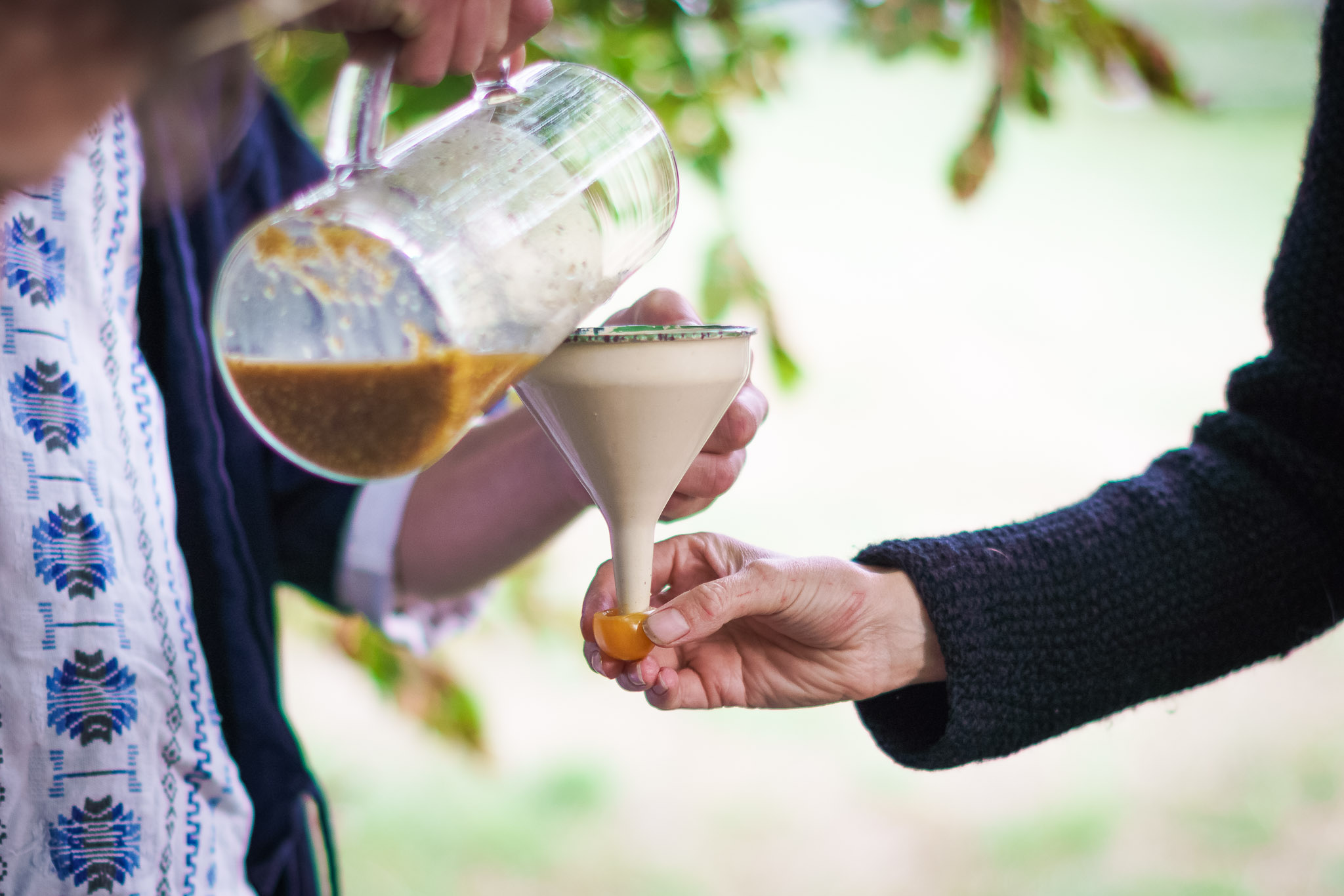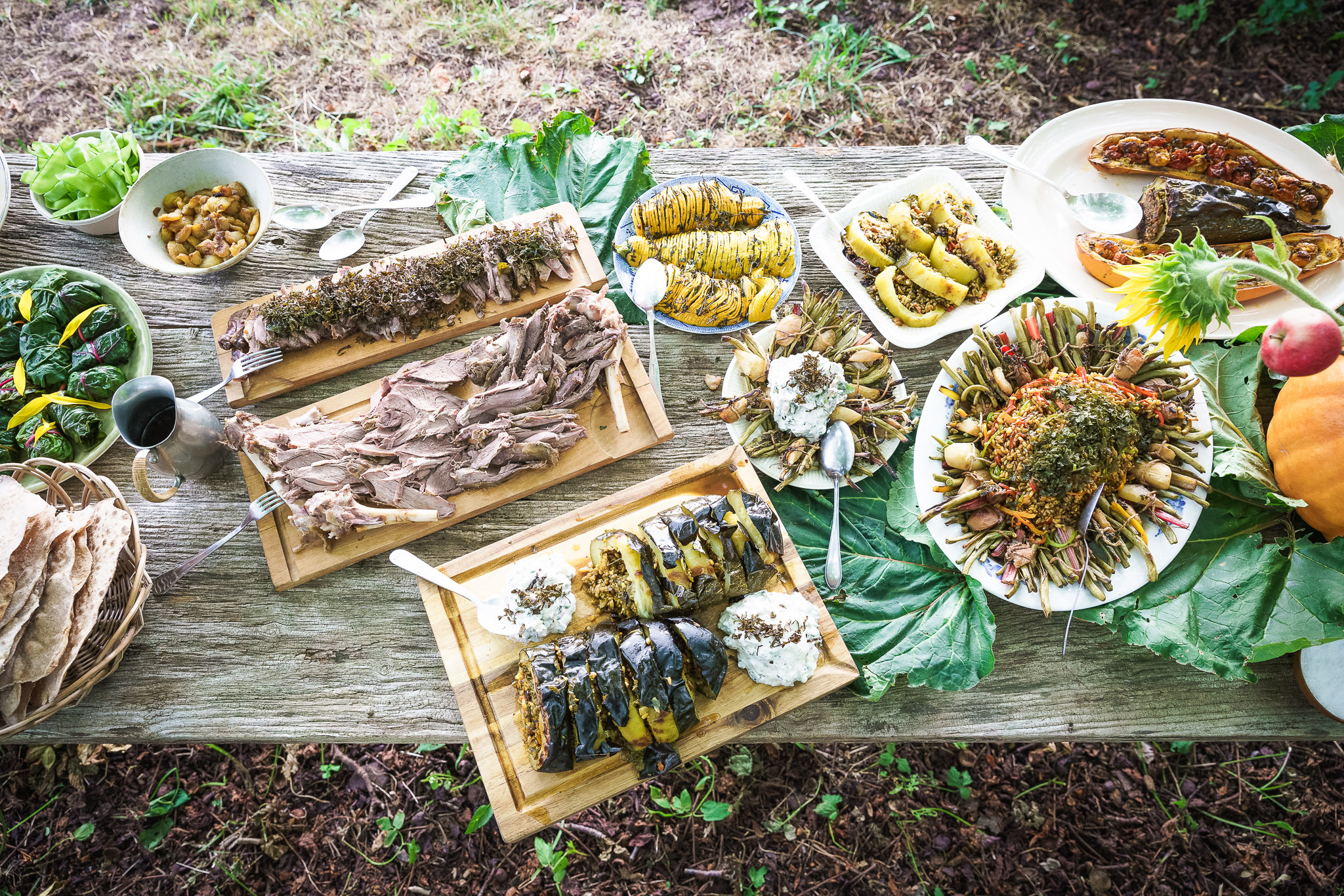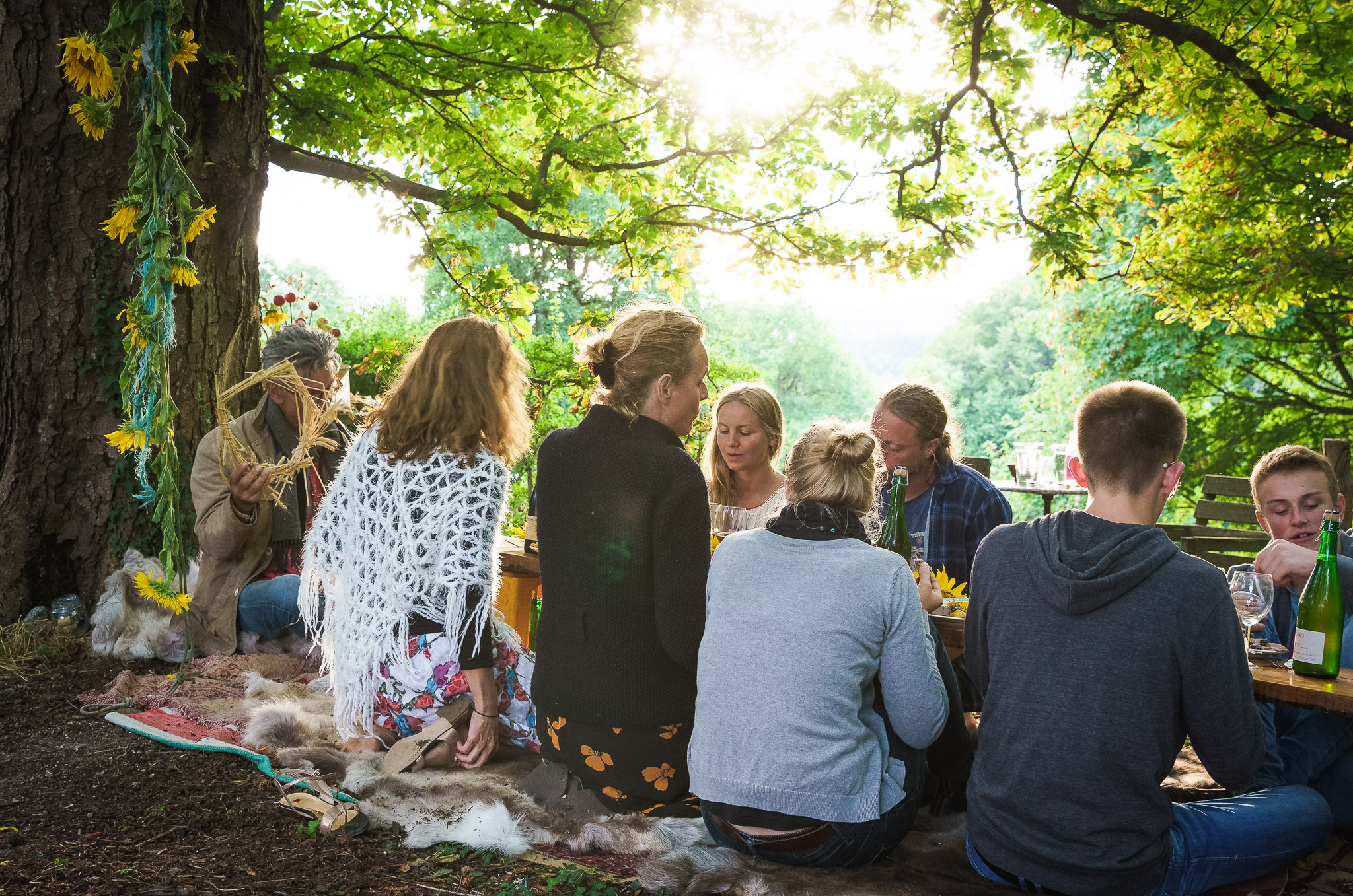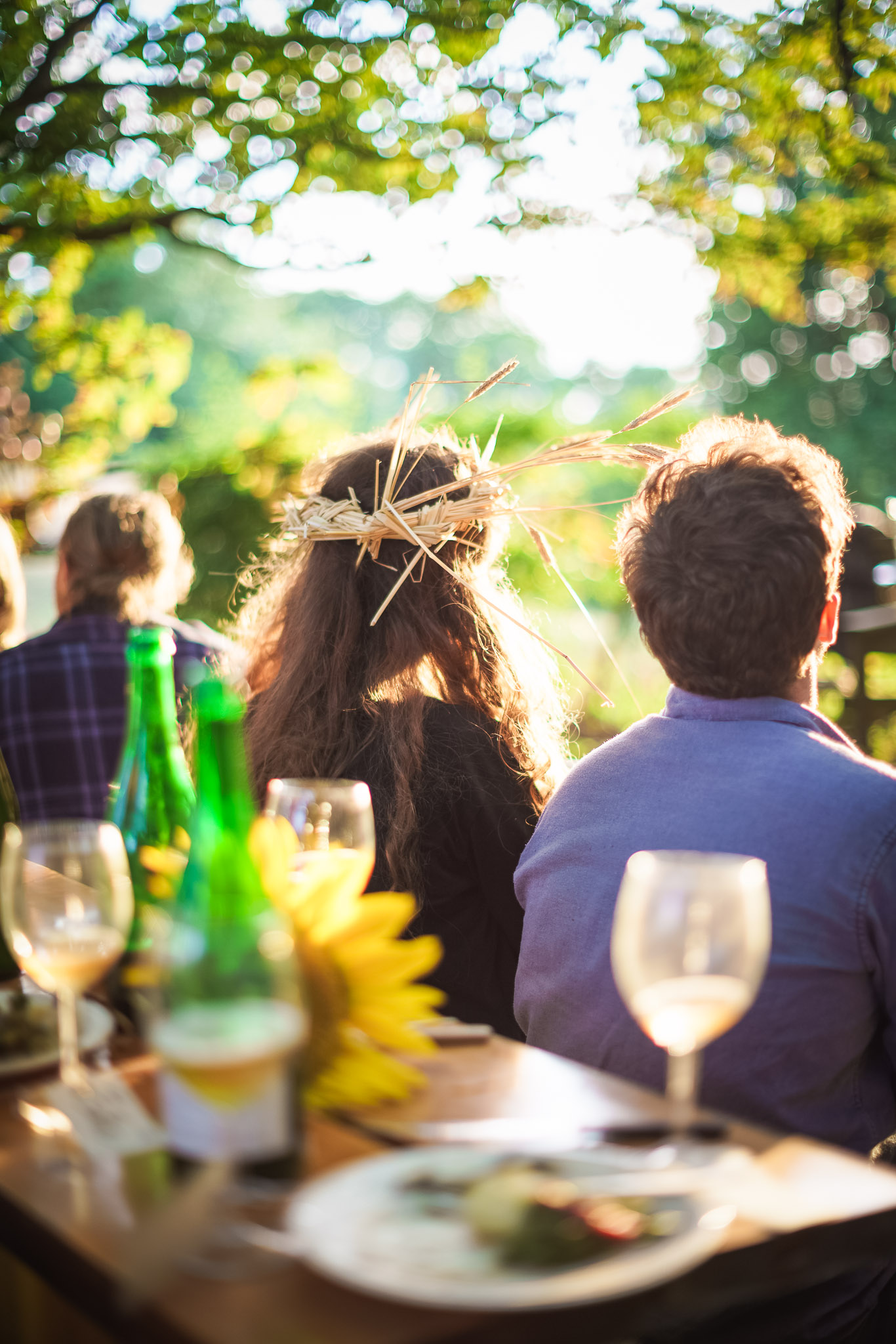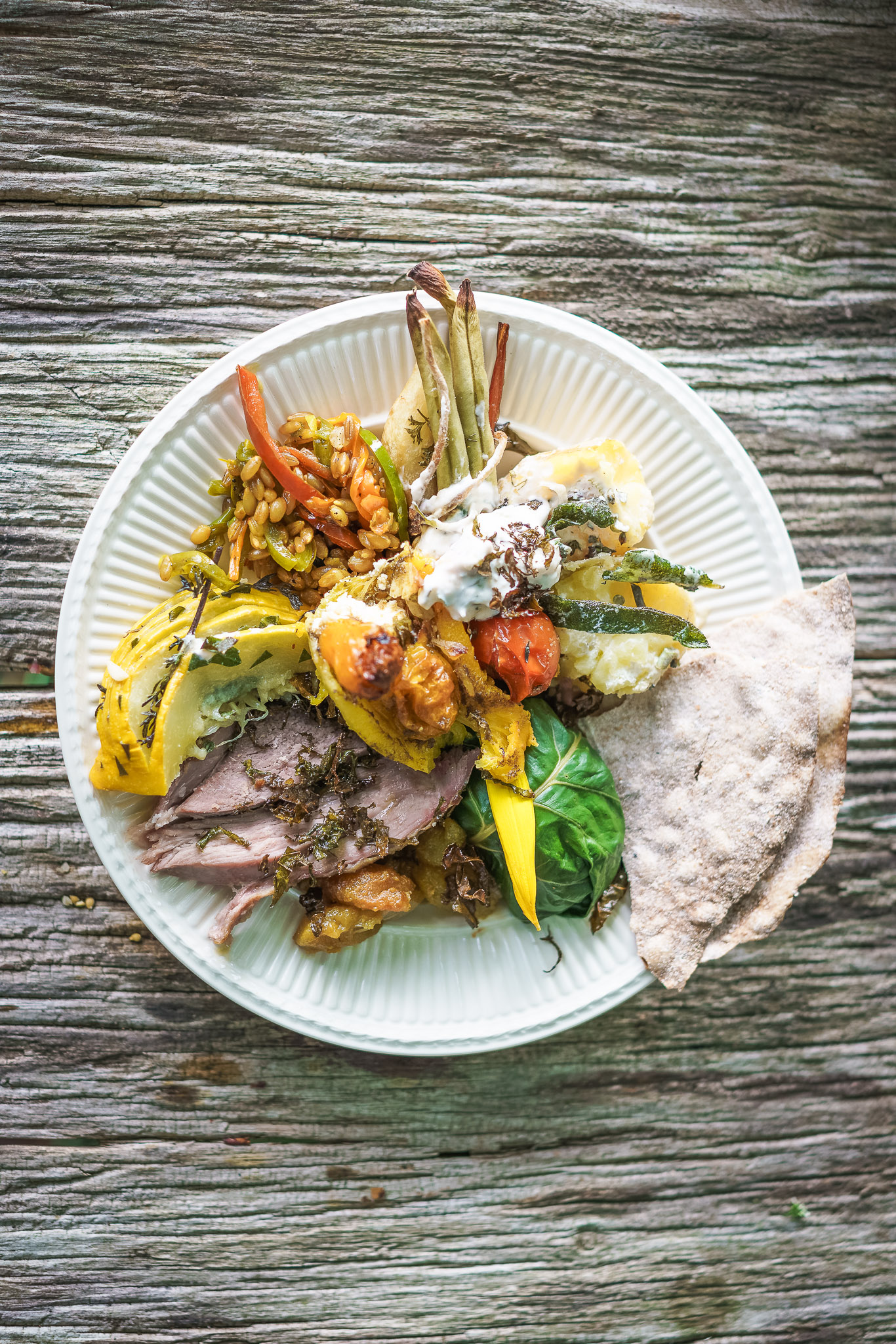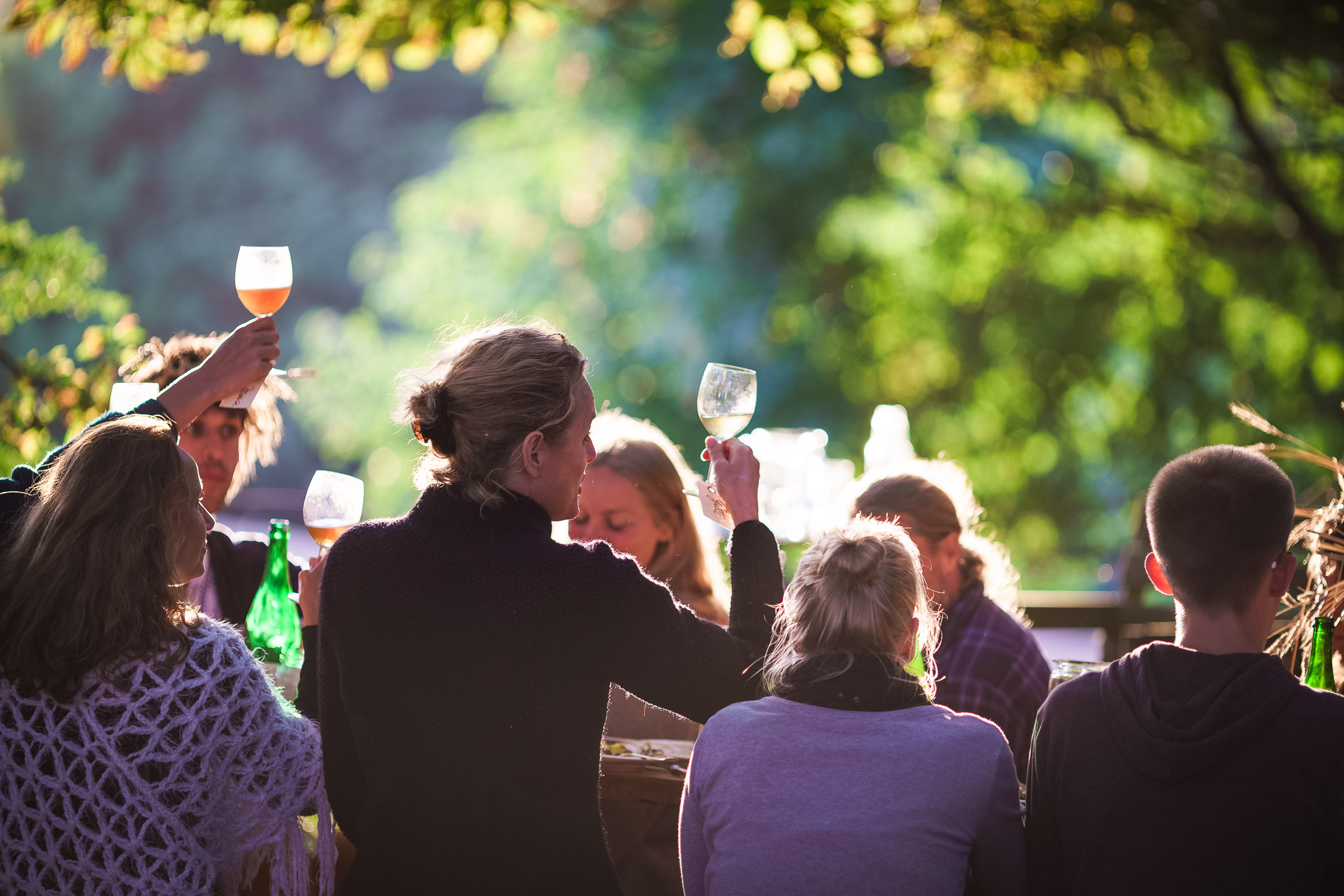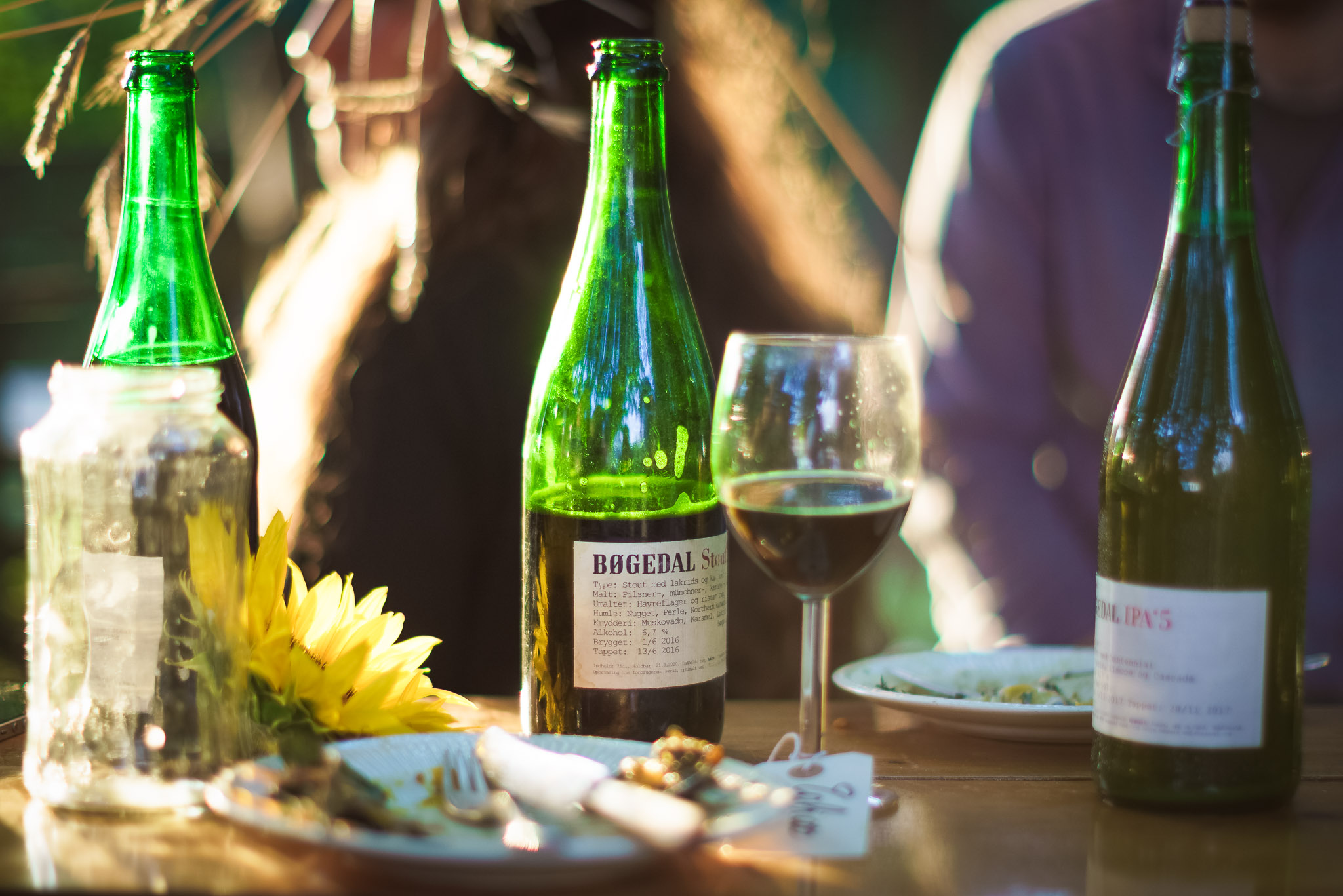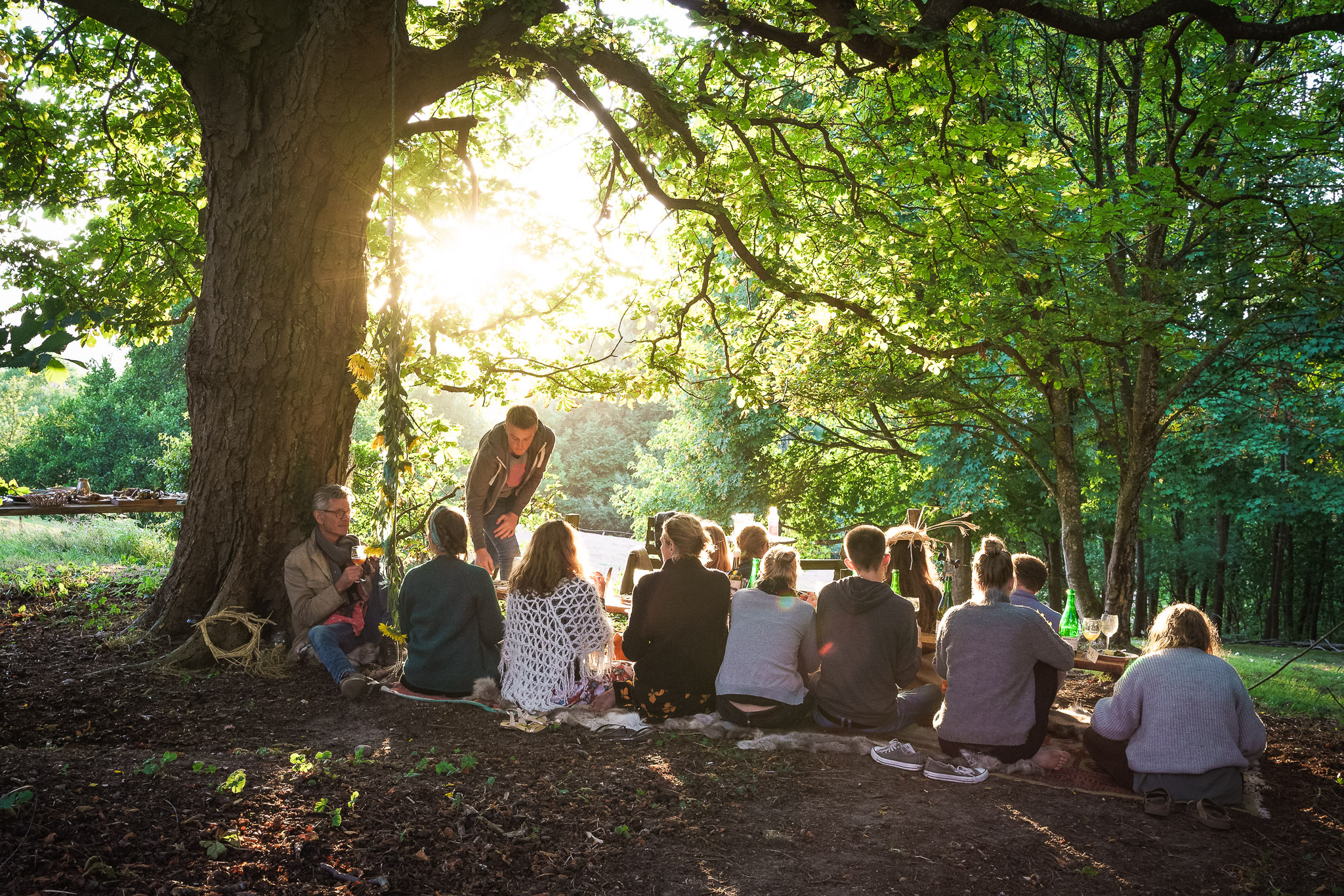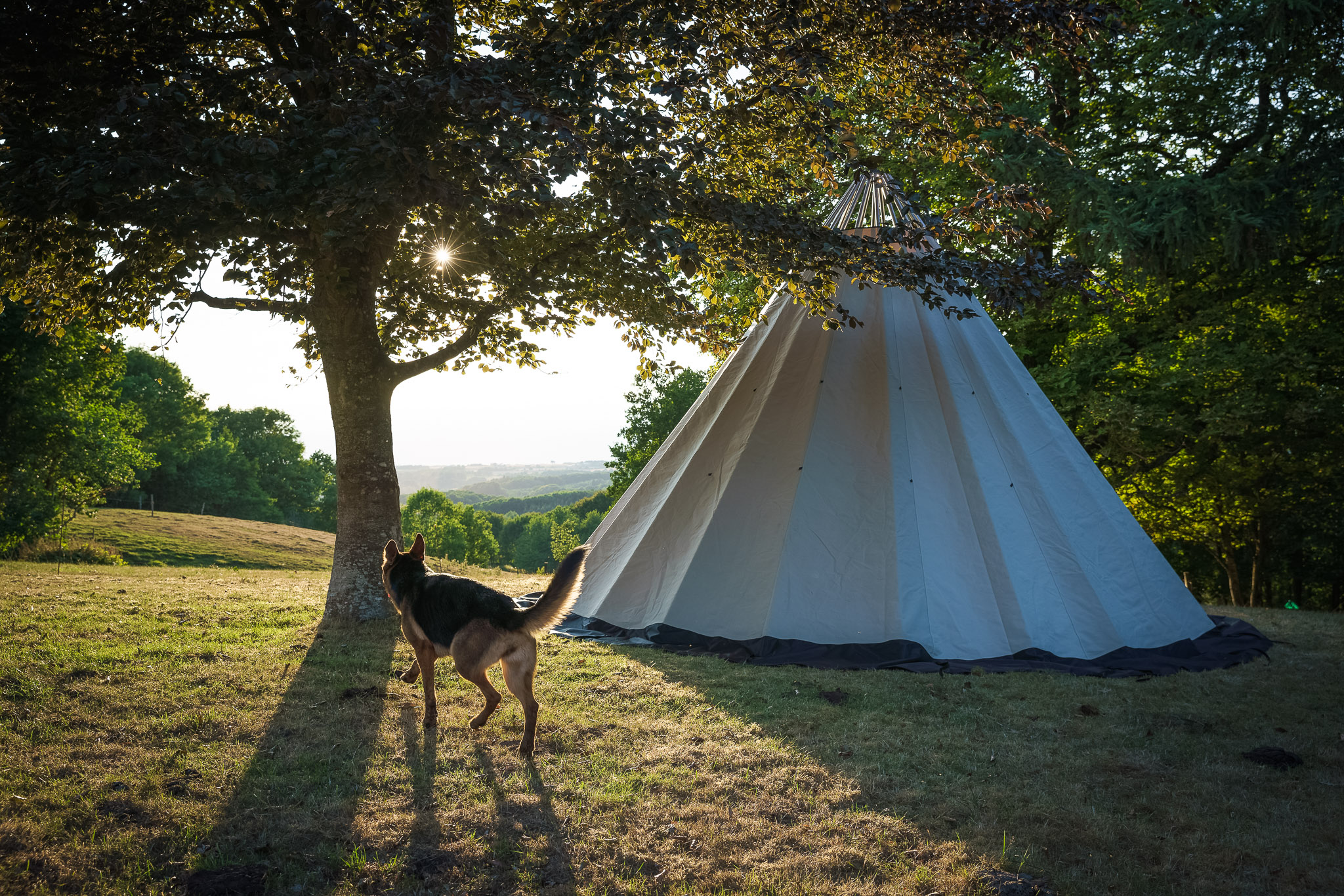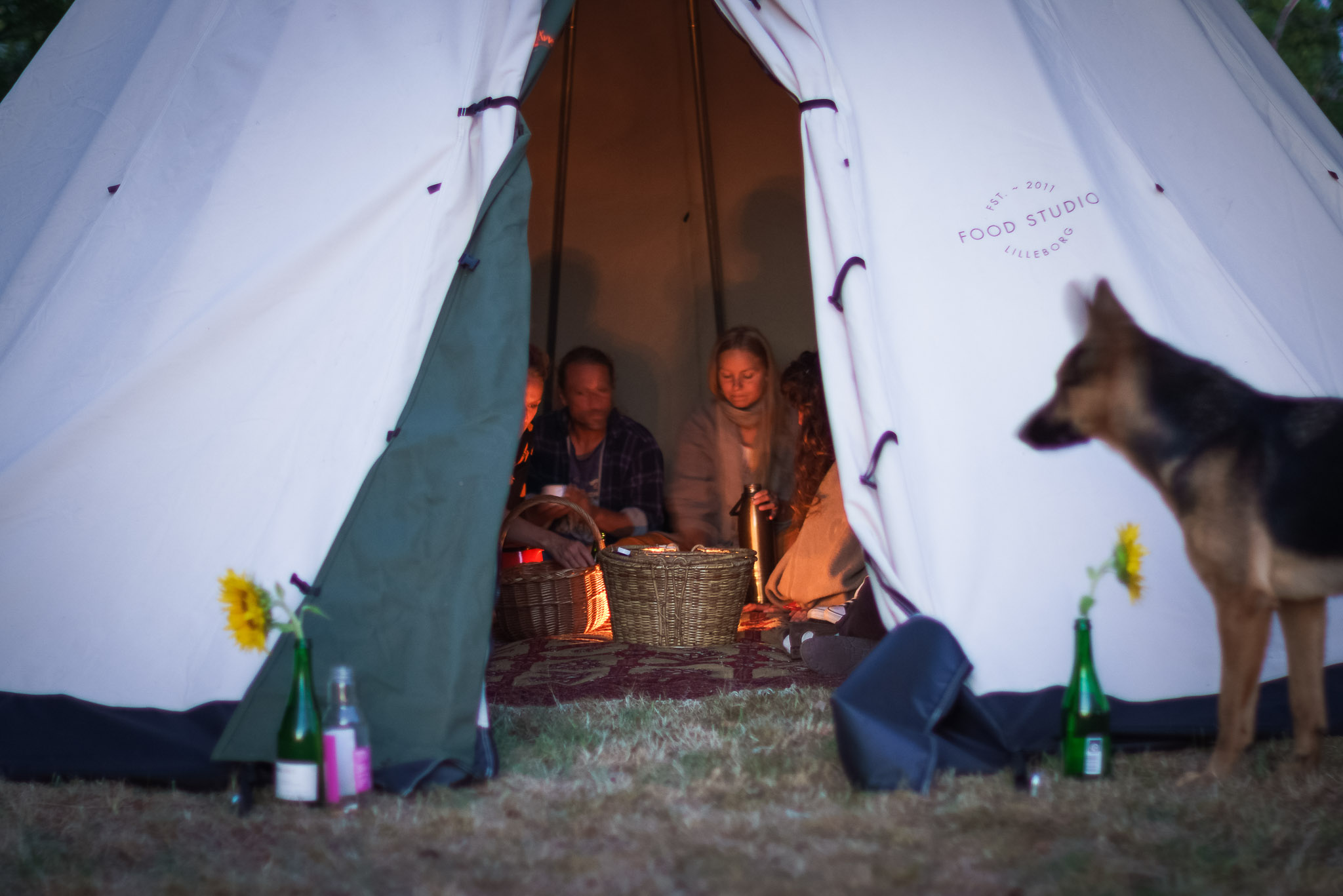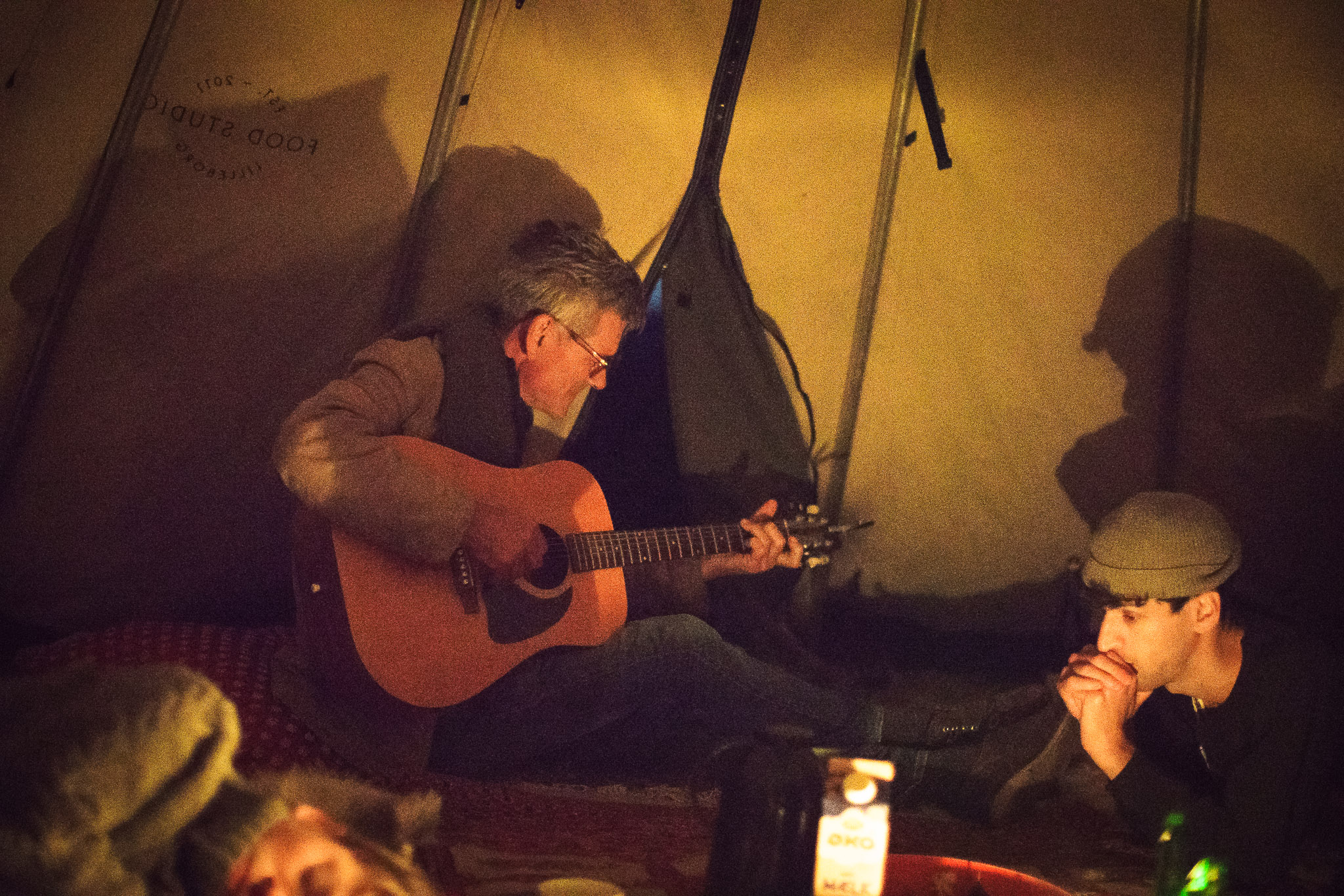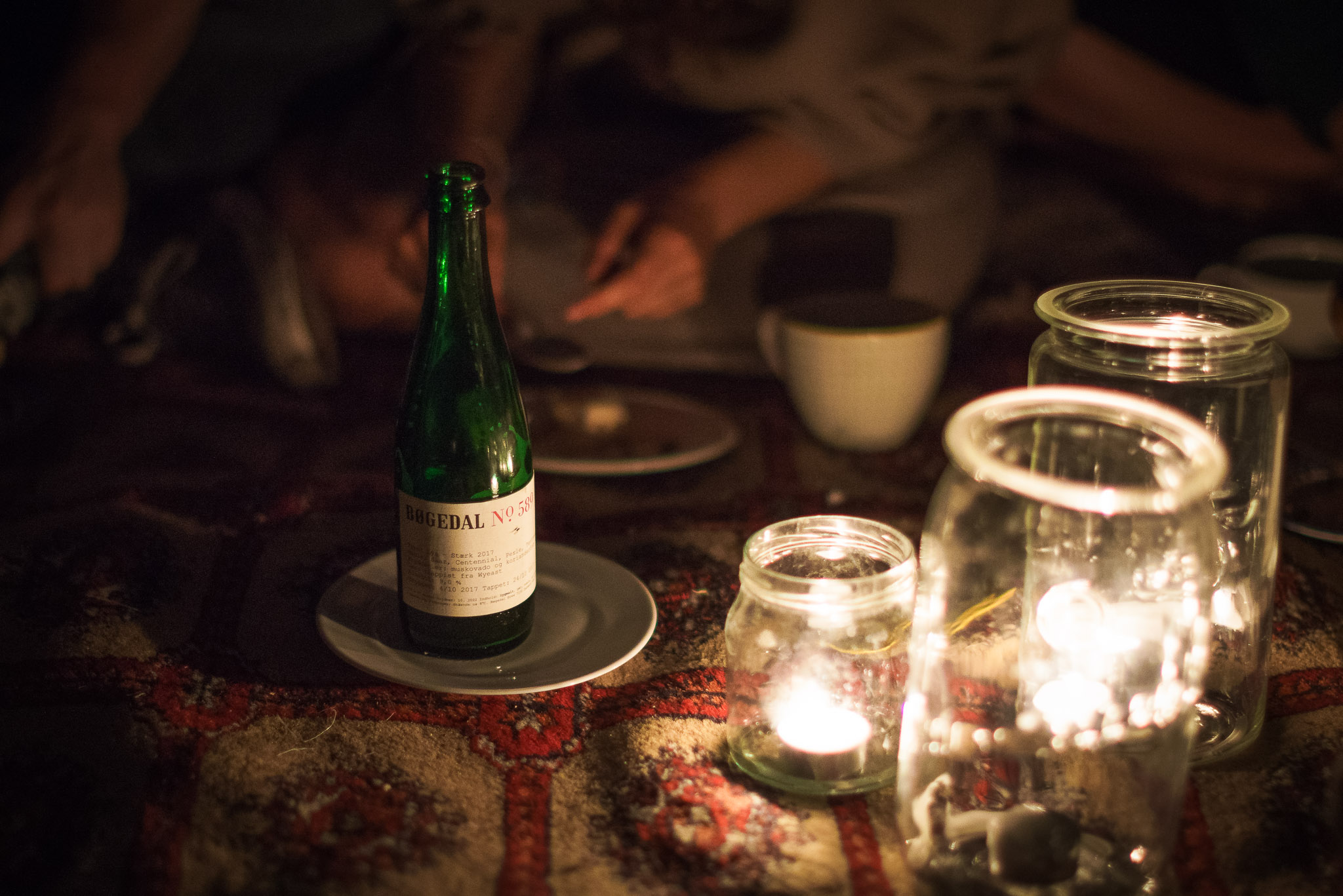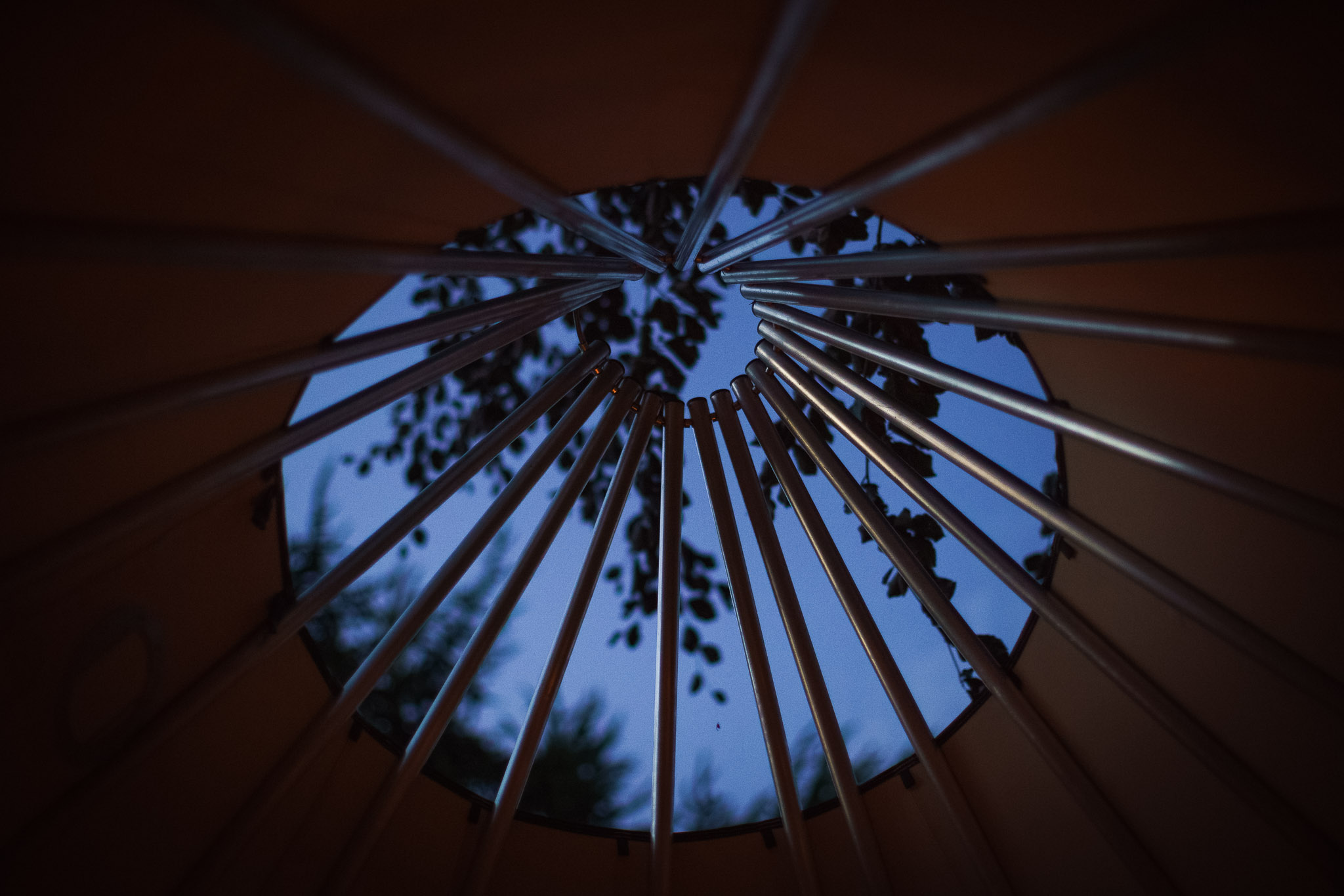Pastevent
Get Away
— Bøgedal
Searching for the brewery in Food Studio’s archive results in 24 matches. Food Studio and Bøgedal brewery goes way back, but for me personally, this summer’s Get Away was a first. Together with two WWOOFers from Hegli Sjølbergingsbruk, a CSA started by Food Studio, we drove through Denmark with the iconic lavo in the back. Meanwhile, people were arriving from Denmark, France and Belgium.
Scattered around the world, surprisingly many businesses and ideas surrounding food empathy has a little touch of Food Studio. Some credit can be given to the Get Away concept, which have been a platform for learning, connecting and creating for many years now. It aims to be seasonal, practical and tasty. This Get Away was nothing different.
Upon the arrival at Bøgedal we were greeted by Casper, Gittes husband, who was about to thresh this years grains. Even with a small crop, it would take a long time to do everything on his own. Instead, many helping hands fed the old threshing machine with the dried sheaves. In return, the machine separated grains from their husk and stems, giving us two products – the grain itself, and straw for Caspers cows.
Casper and Gitte uses old danish grain varieties from Nordisk GenBank to brew their beer. Even though their own yields aren’t enough, it’s a small contribution to the conservation of the grains. These old varieties opens up for some interesting flavors for a brewer whose main concern is to showcase the potential of the grain. Therefore, the beer from Bøgedal is matured for as long as it needs. The products have become enormously popular, and their new sour beer was even sold to NOMA before the maturation was finished.
I was extremely happy and a bit scared, finding myself among a crowd so interested and educated in great food. The baker Emmanuel Rang and a former Nordic Food Lab employee – Joshua Evans, now doing a phD on fermentation – made us fresh bread every day. The coffee from Tim Wendelboe was slowly and lovingly prepared. Our main dinner took all day to make, and everyone was involved. Pauline Lemberger, a former student of Masayo Funakoshi, made an edible landscape filled with amazing ingredients from a biodynamic farm nearby, Rødmose. We ate under a big tree draped in sunflowers from the garden – skillfully put together by Eva De Moor.
It was all very sensorial. Taste, hearing, sight, smell, touch – everything was activated in ways in which they’re normally not. Days went by in a wonderfully slow but steady tempo, surrounded by quick and skilled people. Producers, scientists, communicators and teachers, innovators and traditionalists, together with a vision to stir the dysfunctional parts of reality and replace it with a more holistic approach to both food and relations.
It’s not always easy explaining what Food Studio is and does. I have myself tried to pin it all summer, working as an intern. The people involved, the projects they do – they are all so complex and different. While some work with physical, visible changes – others work more abstract. Some projects are personal, others aim to change entire societal structures. The most important thing, I think, is the sincere belief that great things can happen when we gather around a table.
Words by Elisabeth Fagerland
Photography by Svein Gunnar Kjøde
